Dilutions
- Dilutions alter the base color of the horse as well as the mane and tail.
- Affects eye color unless otherwise specified (dun is the only dilution that doesn't affect eye color).
- Affects hoof and horn color unless otherwise specified (dun is the only dilution that doesn't affect hoof or horn color).
Cream
nCr
Effects
- Skin: dark grey
- Horns and hooves: dark grey or grey-ish brown [Horn & hoof color guide]
- Eye color: brown [Eye color guide]
Palomino cream on chestnut
Coat should be an even creamy golden, and can range anywhere from a dark chocolate tone to bright golden and buttercream yellow.
Mane and tail should be a creamy white.
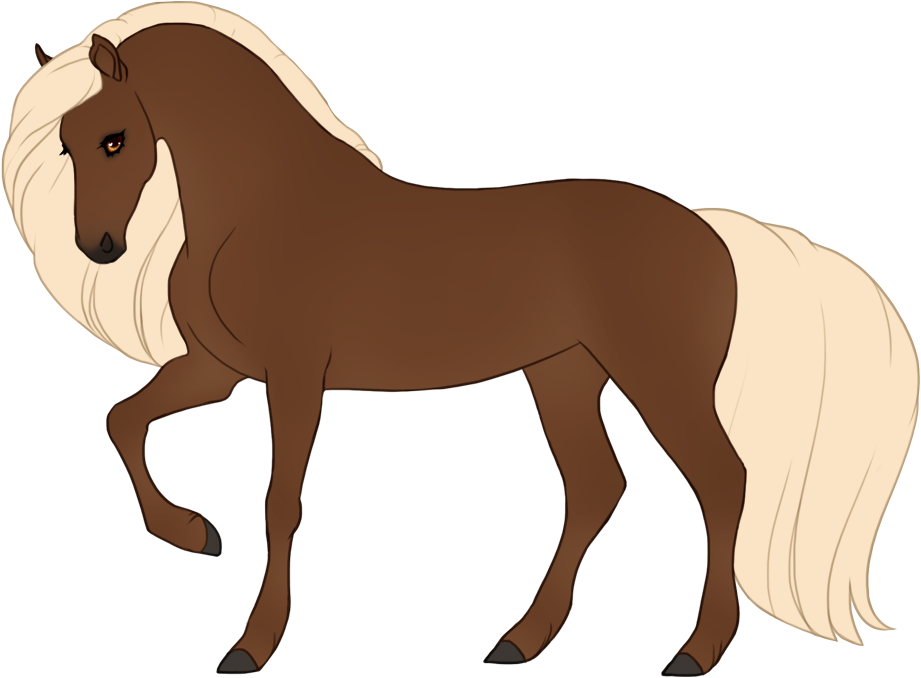
Chocolate palomino
chestnut + cream
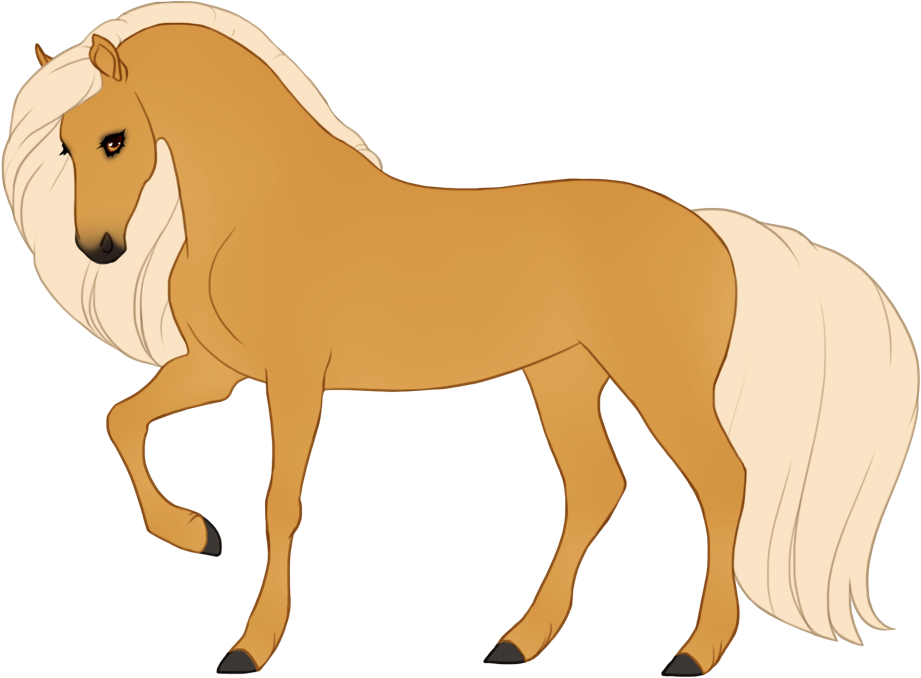
Palomino
chestnut + cream
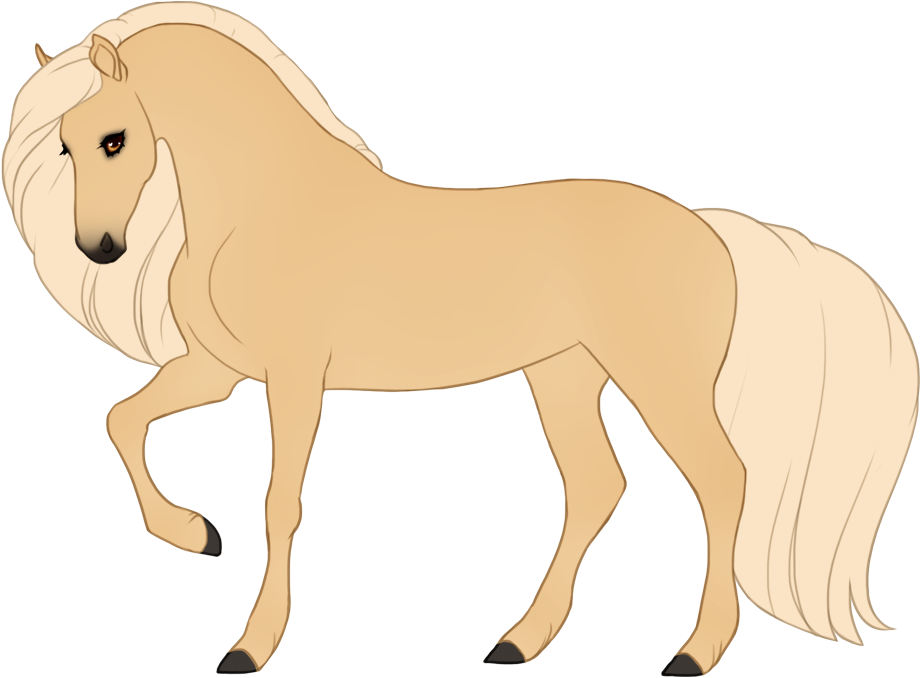
Light palomino
chestnut + cream
Smoky black cream on black
Coat and mane/tail should be an even dark shade of brown or black.
Tips of mane/tail can be faded, and the coat can have a faded "sunbleached" expression, lightening it softly.
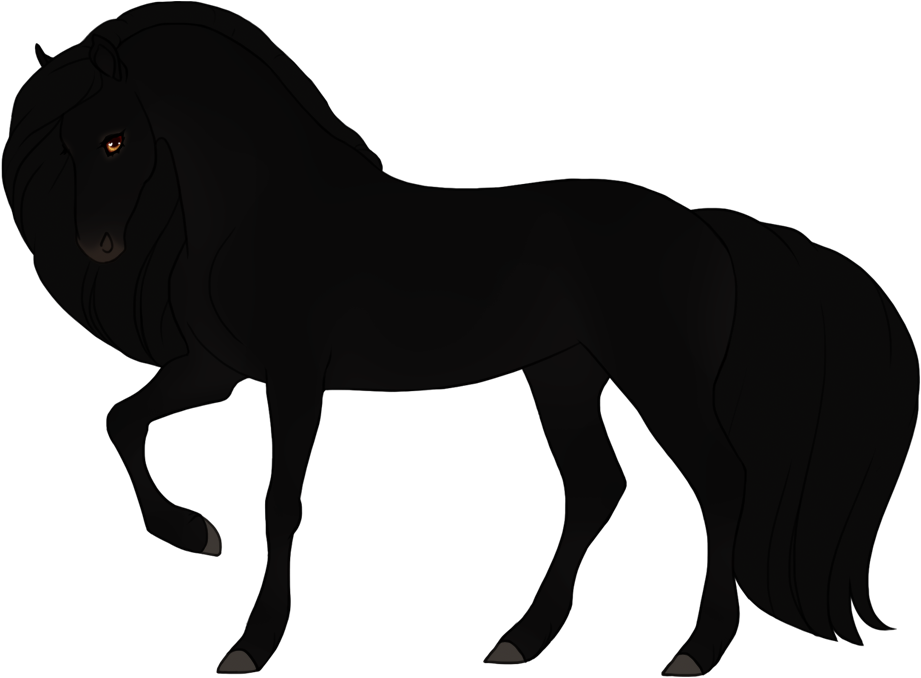
Dark smoky black
black + cream
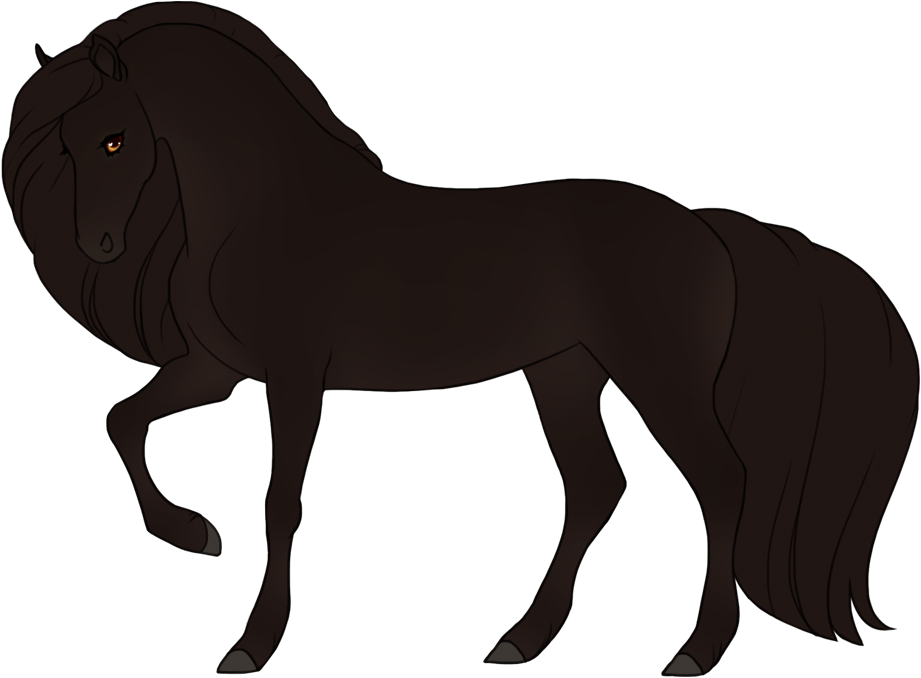
Smoky black
black + cream
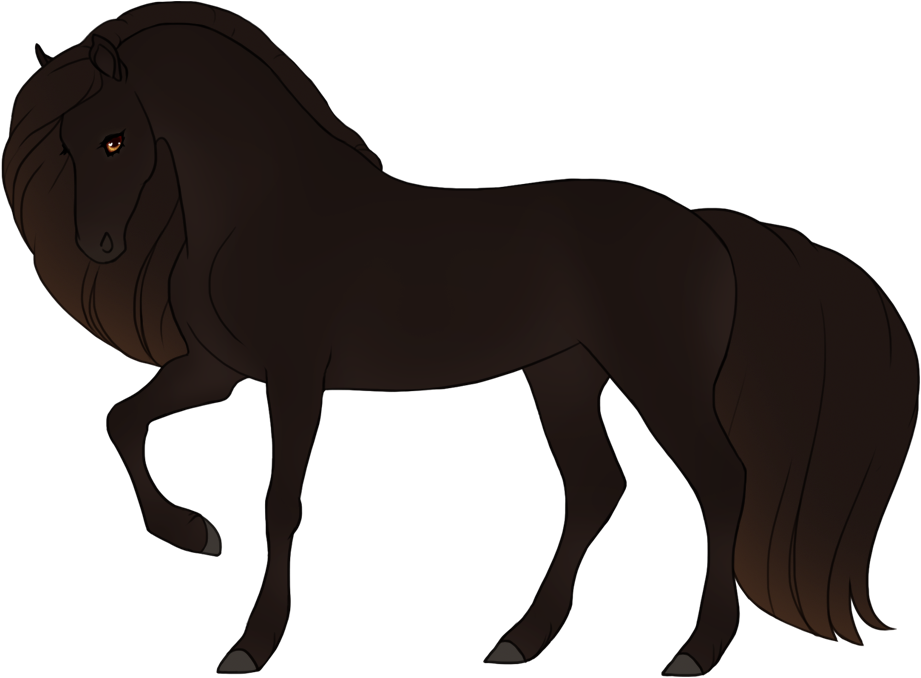
Smoky black with faded mane/tail
black + cream
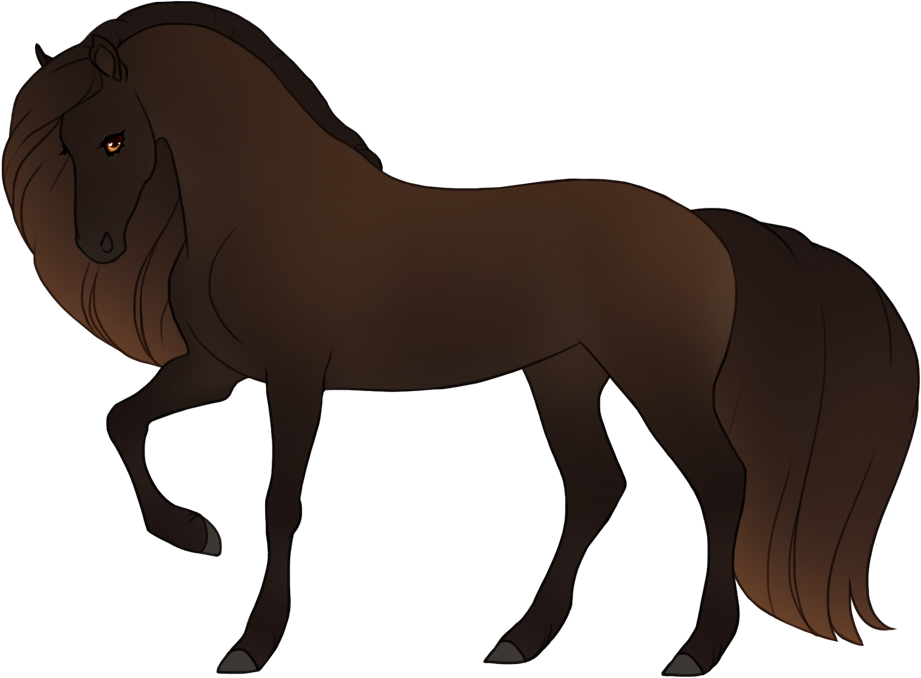
"Sunbleached" smoky black
black + cream
Buckskin cream on bay
Coat should follow the variations of palomino.
Mane, tail, and black points should follow the variations of smoky black and the respective expression of bay/seal/tanpoint.
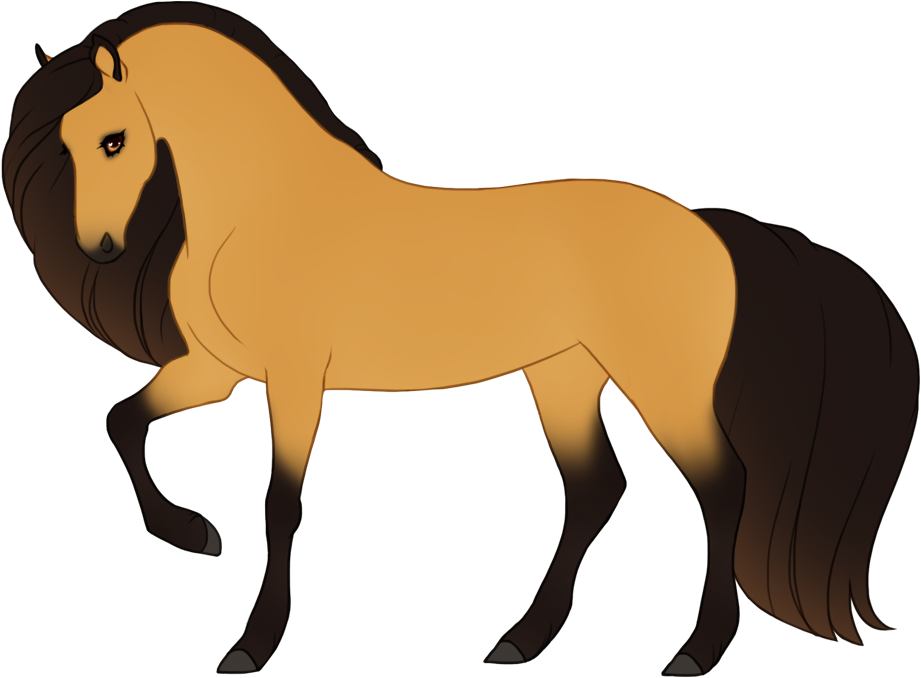
Buckskin
bay + cream
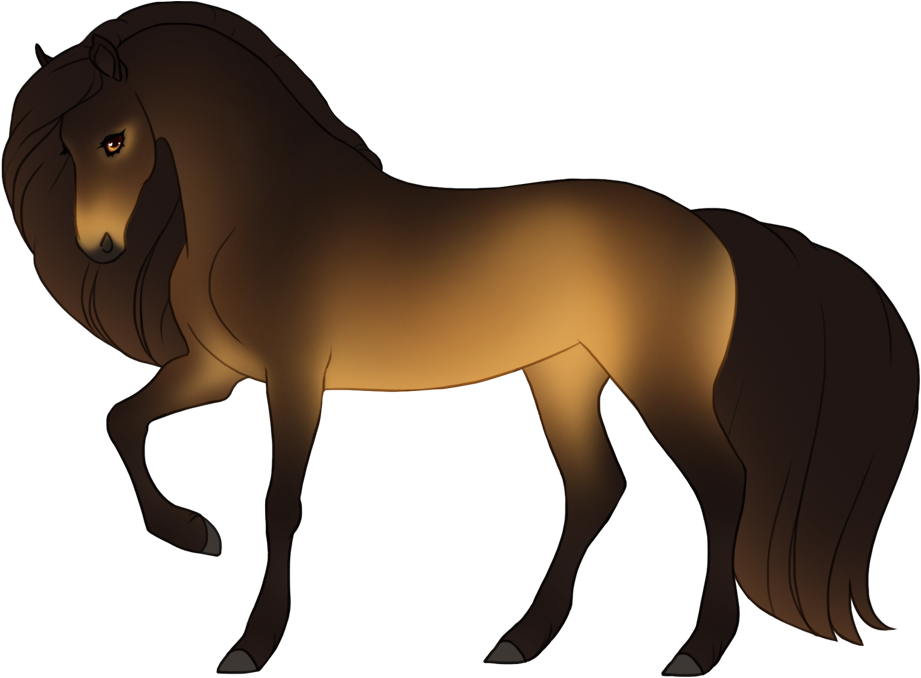
Seal buckskin
seal bay + cream
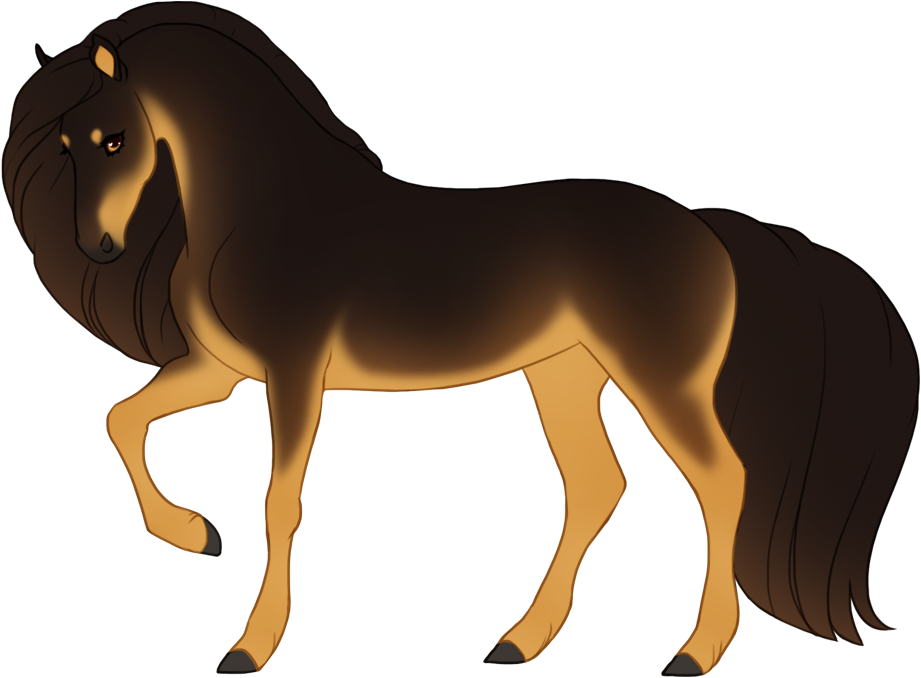
Tanpoint buckskin
tanpoint bay + cream
Double cream
CrCr
Effects
- Skin: pink
- Horns and hooves: light beige [Horn & hoof color guide]
- Eye color: blue [Eye color guide]
Cremello double cream on chestnut
Coat should be an even creamy white or near-white.
Mane and tail should be same or lighter than the coat.
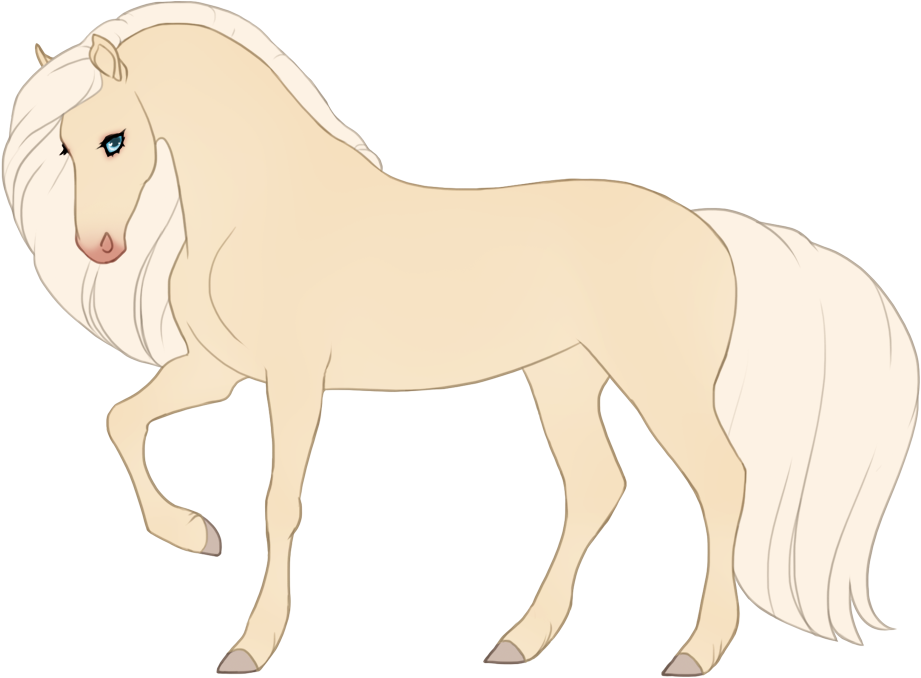
Cremello
chestnut + double cream
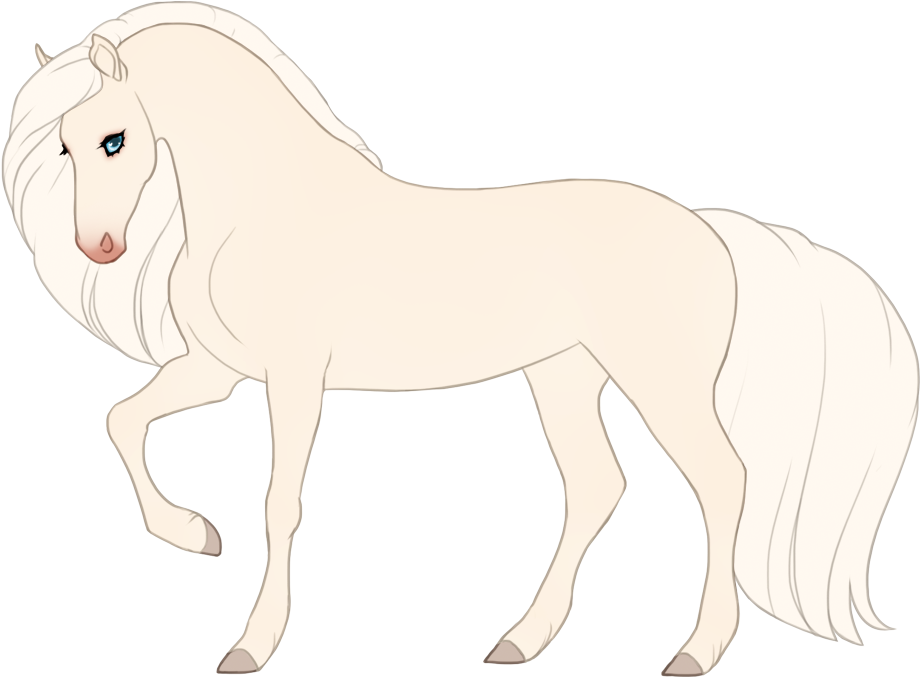
Cremello
chestnut + double cream
Smoky cream double cream on black
Coat and mane/tail should be an even shade of beige.
Tips of mane/tail can be faded into a more yellow/golden tone.
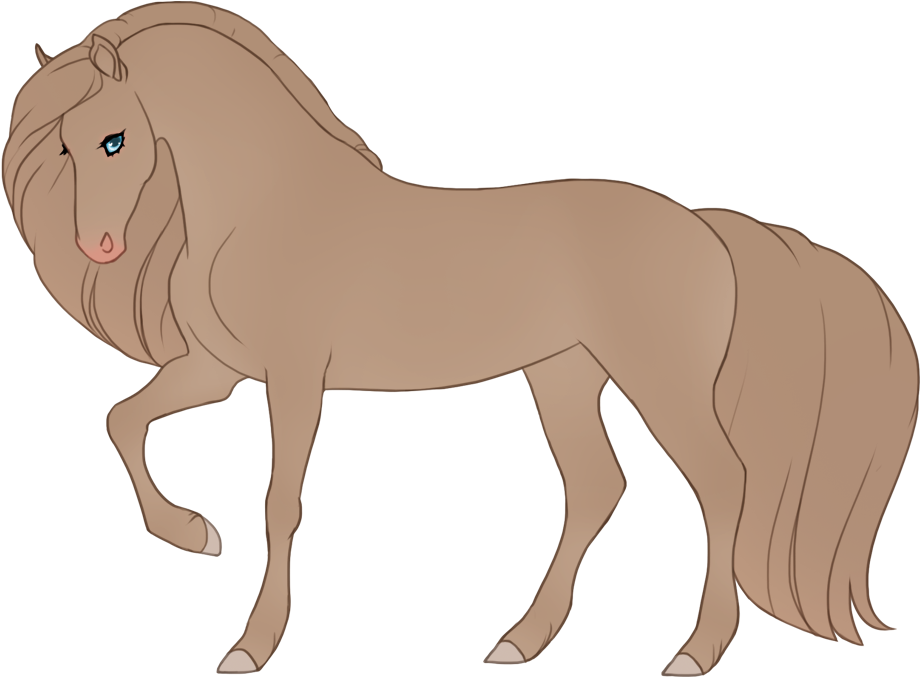
Smoky cream
black + double cream
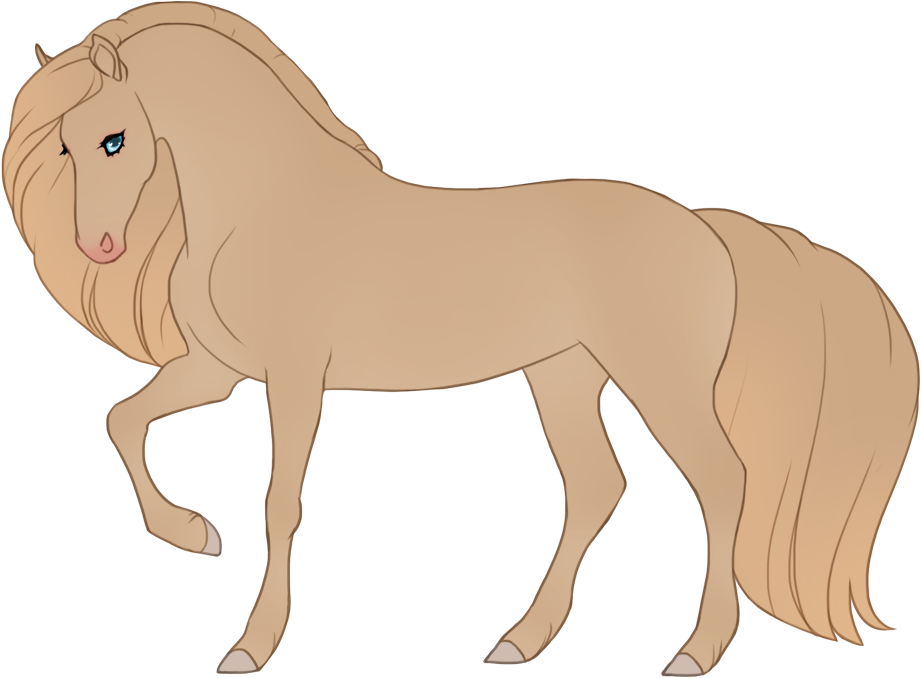
Smoky cream
black + double cream
Perlino double cream on bay
Coat should follow the variations of cremello.
Mane, tail, and black points should follow the variations of smoky cream and the respective expression of bay/seal/tanpoint.
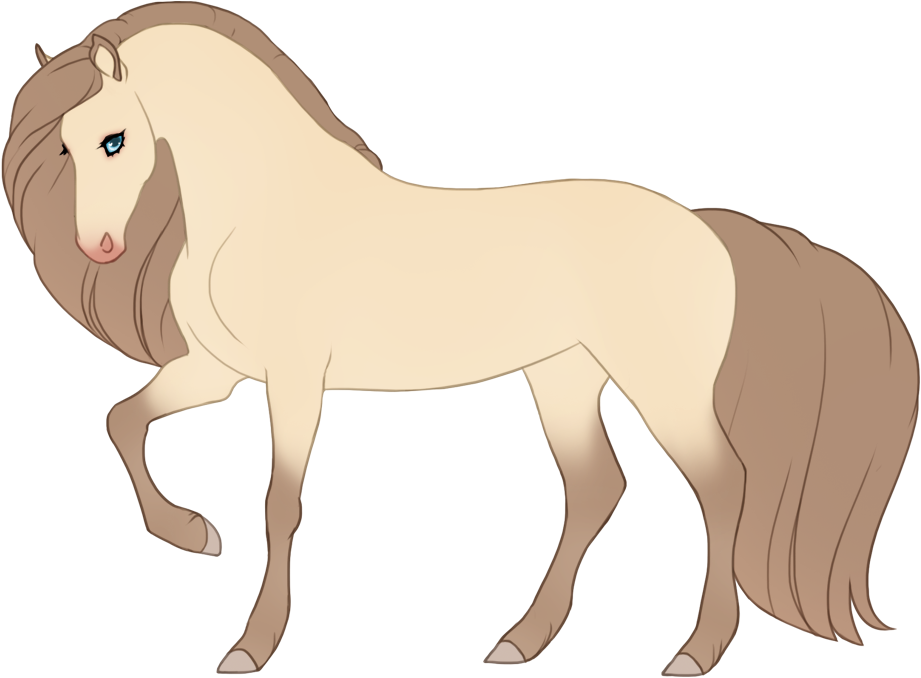
Perlino
bay + double cream
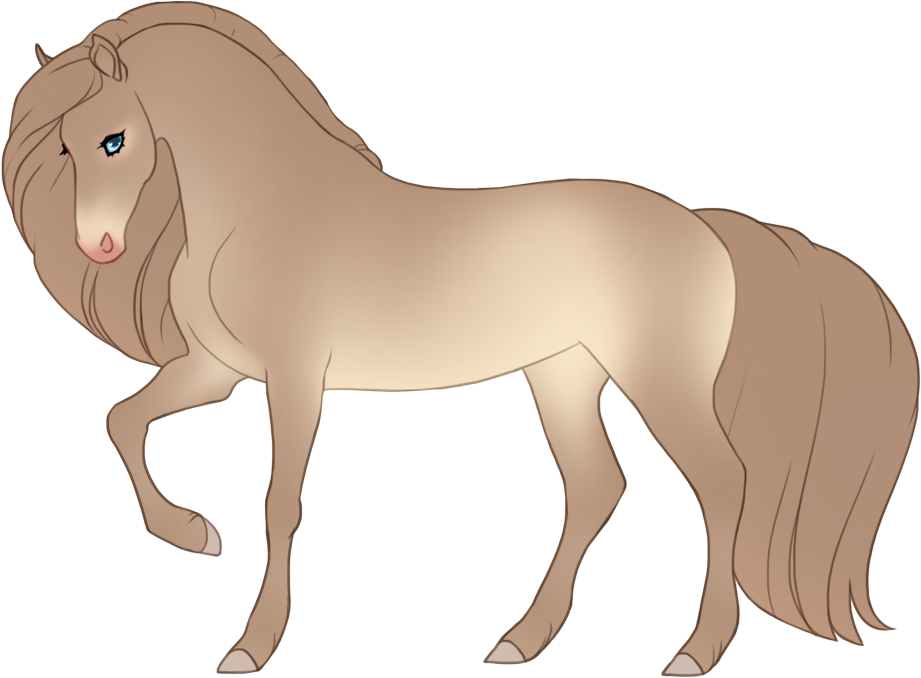
Seal perlino
seal bay + double cream
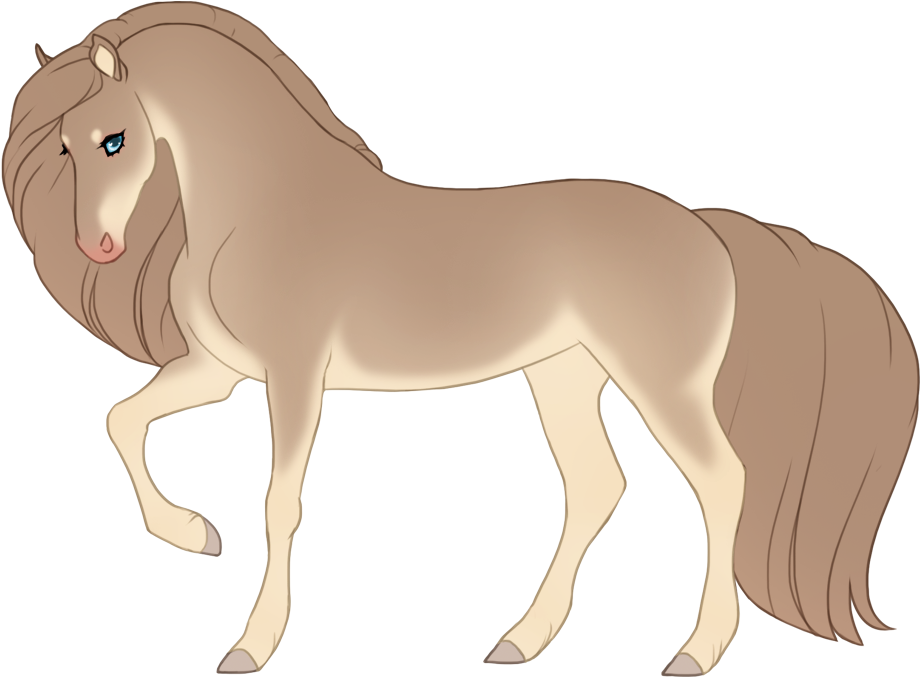
Tanpoint perlino
tanpoint bay + double cream
Effects
- Skin: pink or light brown
- Horns and hooves: beige or light grey-brown [Horn & hoof color guide]
- Eye color: blue, green, hazel [Eye color guide]
Chestnut pearl cream on chestnut
Coat should be an even soft golden.
Mane and tail should be a similar or lighter shade than the coat.
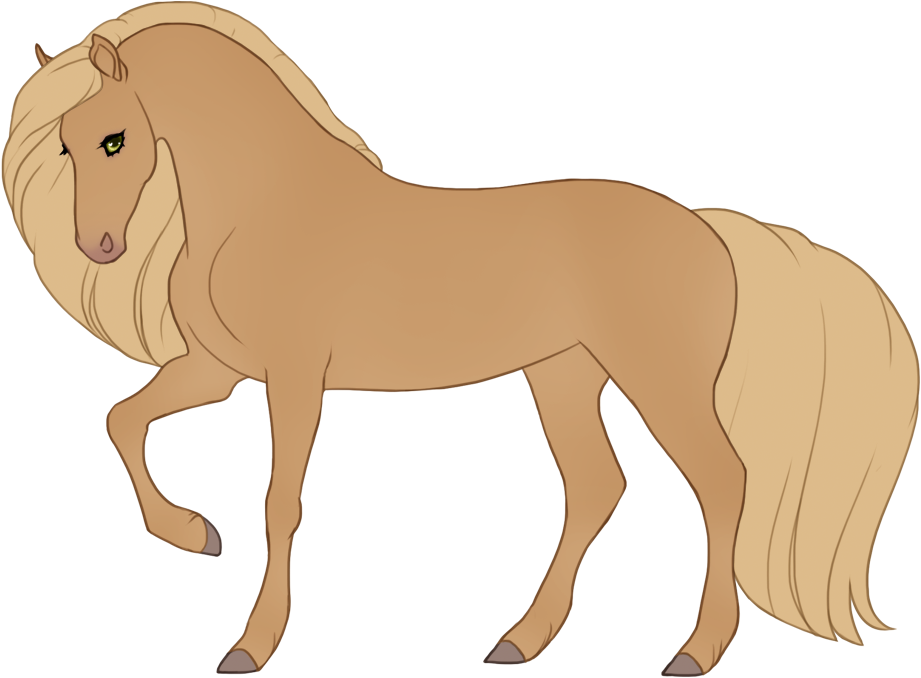
Chestnut pearl
chestnut + pearl
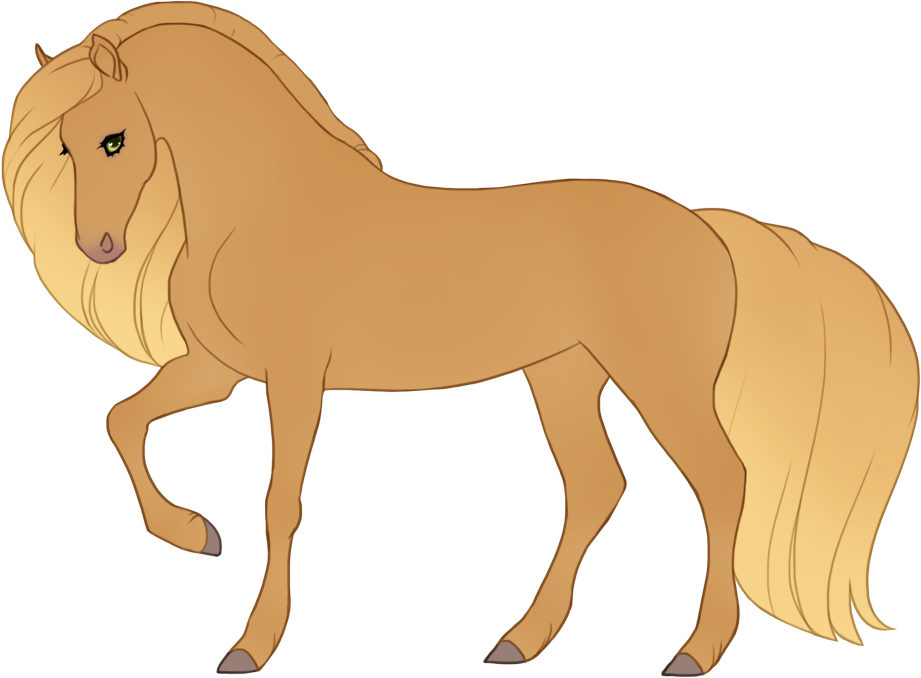
Golden chestnut pearl
chestnut + pearl
Black pearl pearl on black
Coat and mane/tail should be an even shade of tan brown, and can be more of a desaturated earthly tone or even take on more golden hues.
Tips of mane/tail can be faded into a more yellow/golden tone.
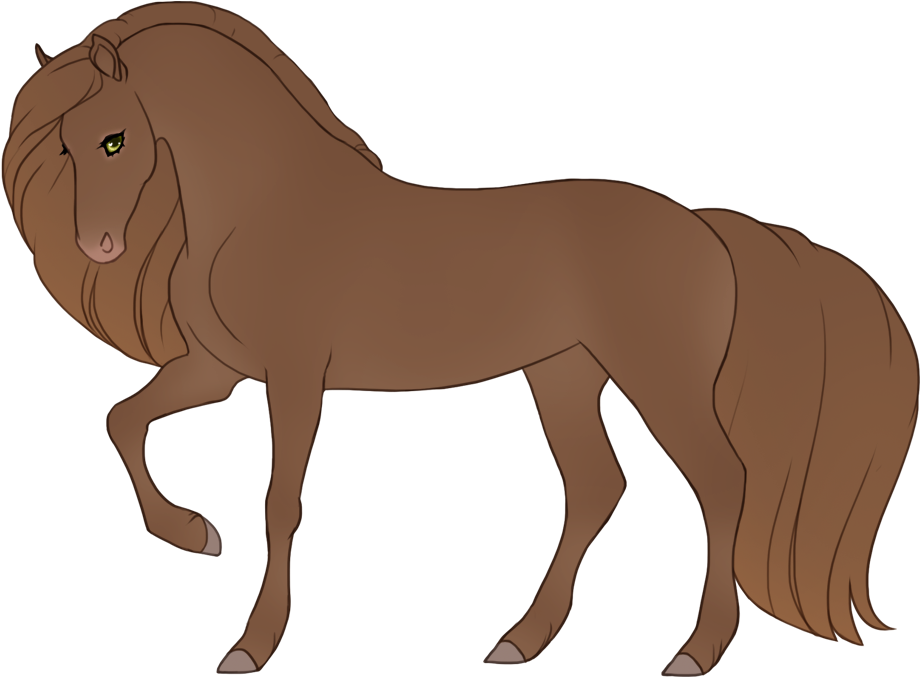
Black pearl
black + pearl
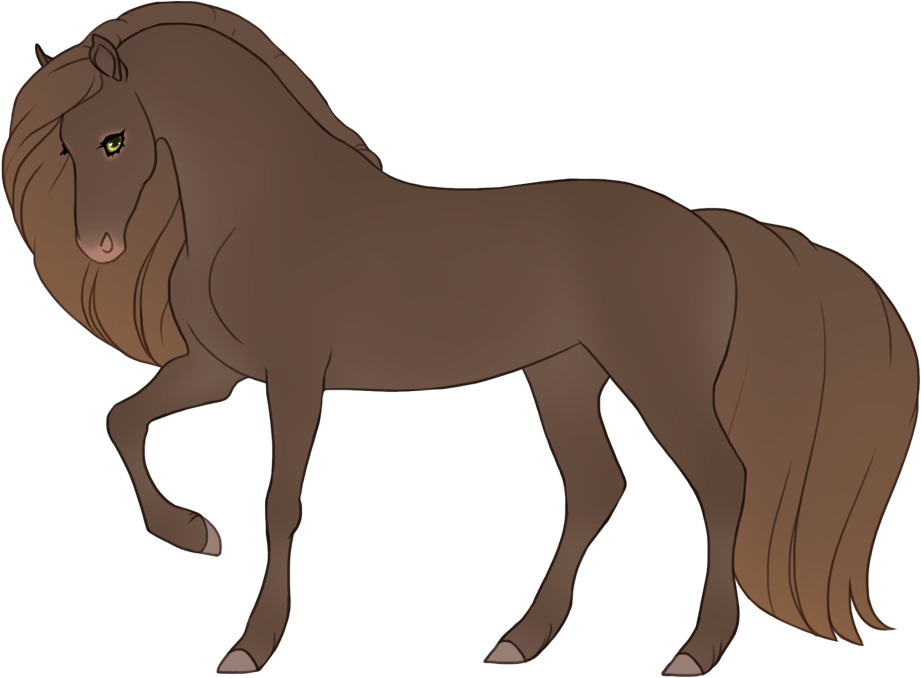
dark black pearl
black + pearl
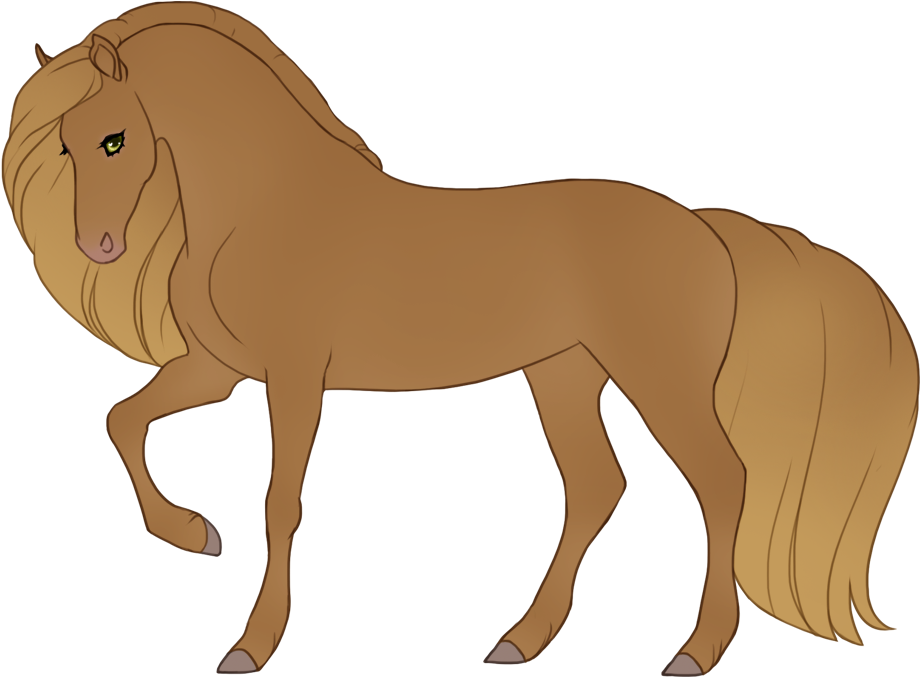
Golden black pearl
black + pearl
Bay pearl pearl on bay
Coat should follow the variations of chestnut pearl.
Mane, tail, and black points should follow the variations of black pearl and the respective expression of bay/seal/tanpoint.
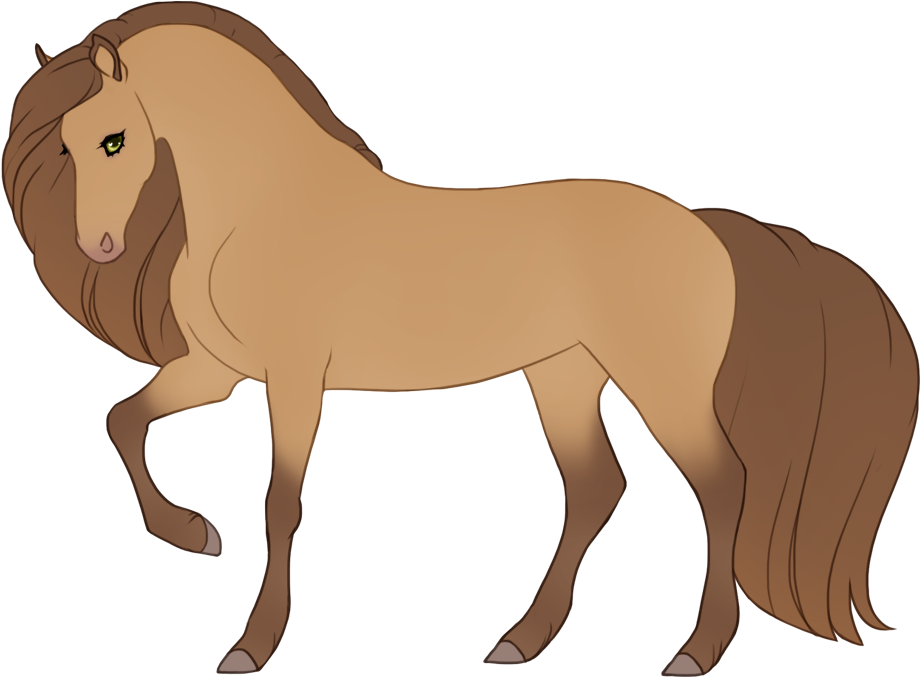
Bay pearl
bay + pearl
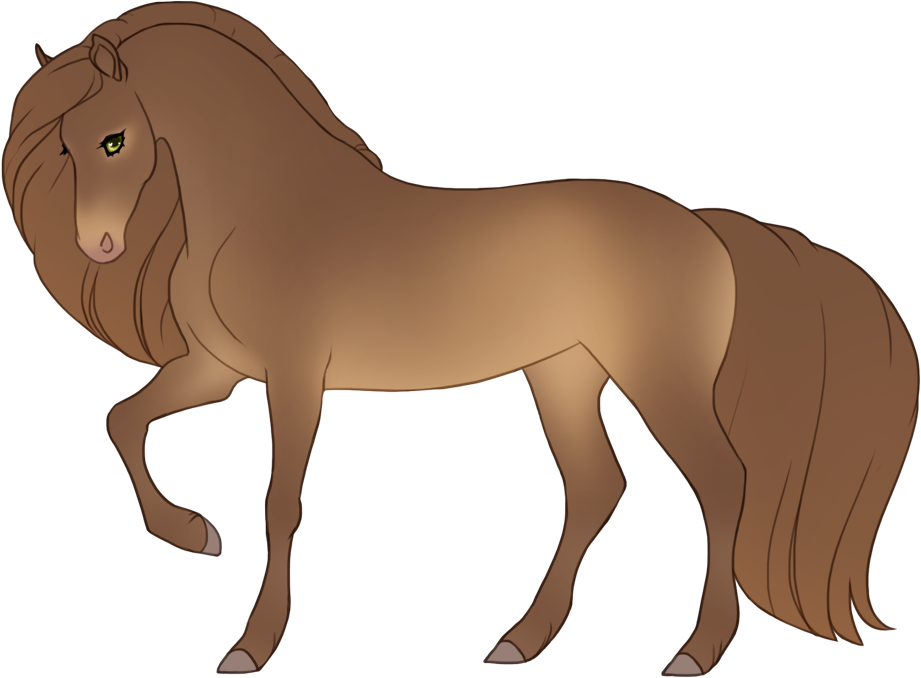
Seal bay pearl
seal bay + pearl
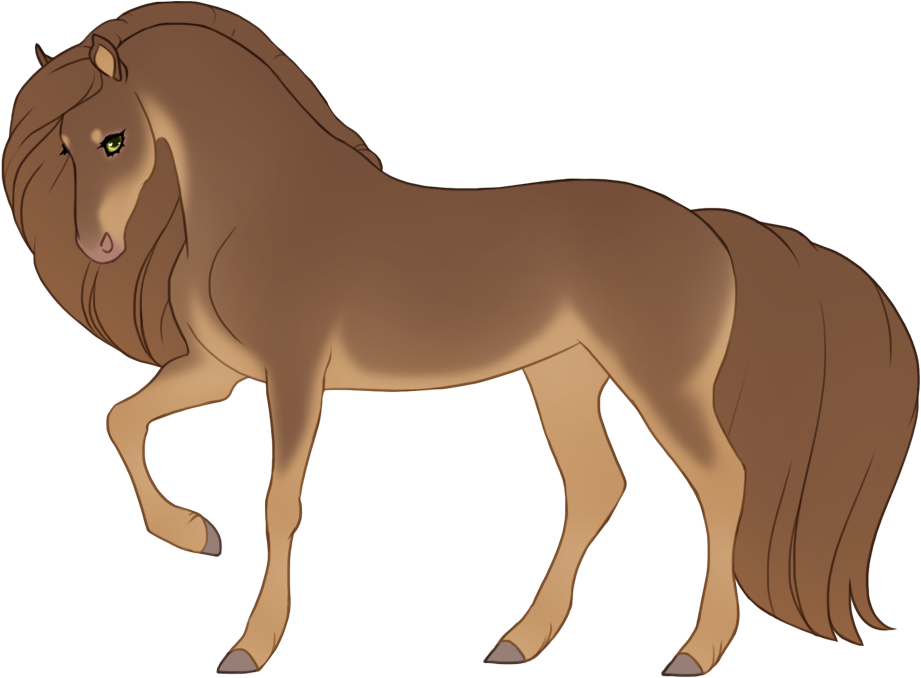
Tanpoint bay pearl
tanpoint bay + pearl
Effects
- Skin: pink or light brown
- Horns and hooves: beige or light grey-brown [Horn & hoof color guide]
- Eye color: blue, green, hazel [Eye color guide]
Palomino pearl cream pearl on chestnut
Coat should be an even soft golden, similar to chestnut pearl but diluted (lightened).
Mane and tail should be lighter than the coat, and like on palomino can be creamy white.
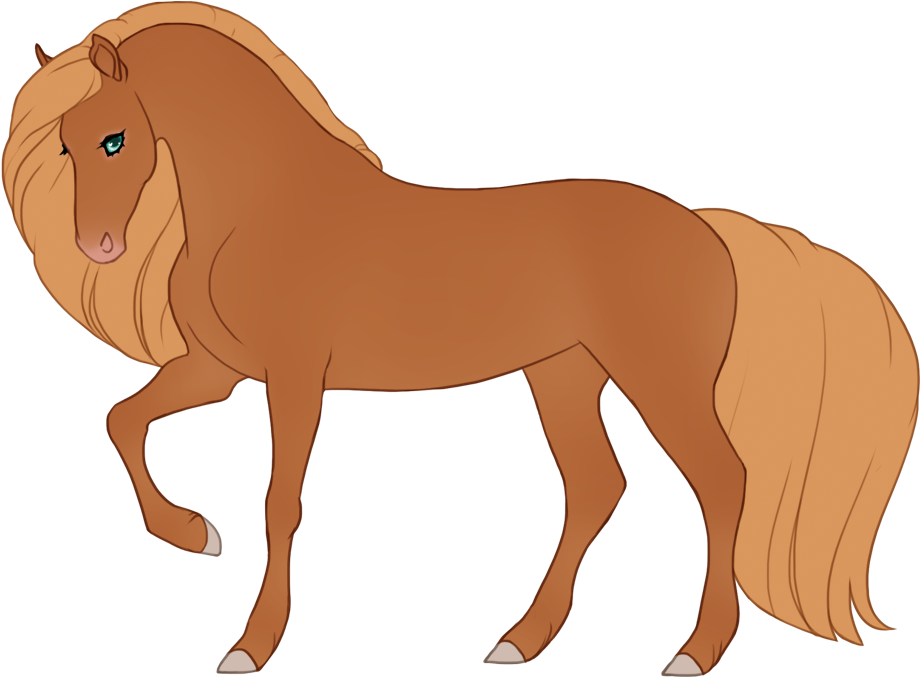
Dark palomino pearl
chestnut + cream pearl
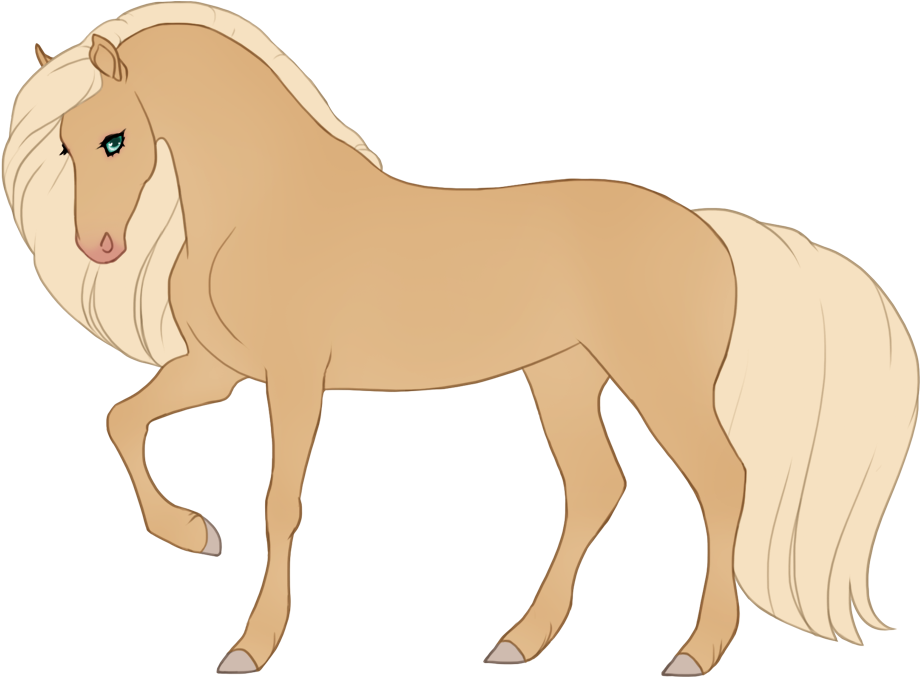
Palomino pearl
chestnut + cream pearl
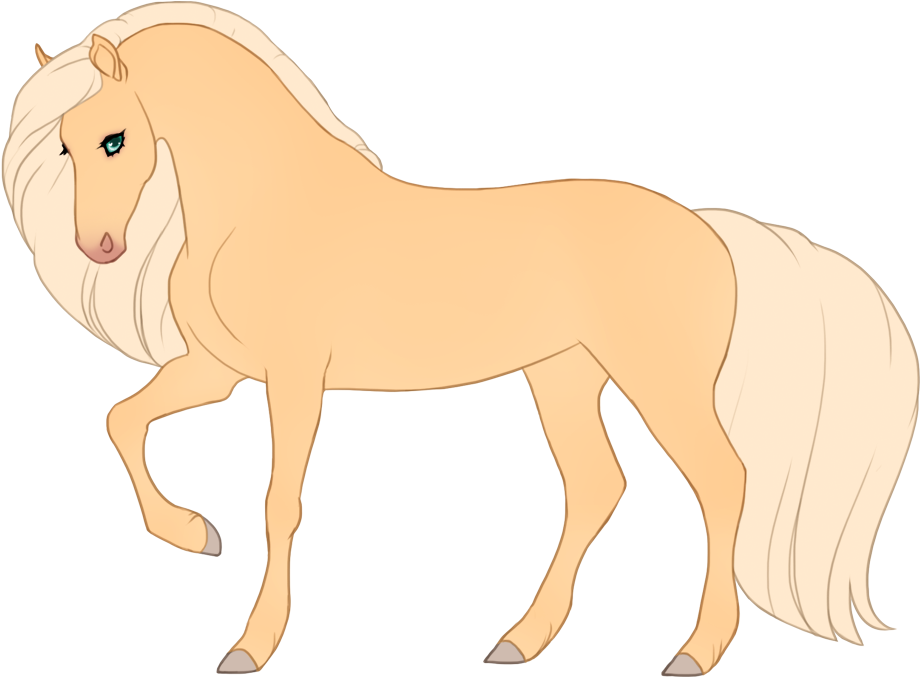
Light palomino pearl
chestnut + cream pearl
Smoky black pearl cream pearl on black
Coat and mane/tail should be an even shade of tan brown, similar to regular black pearl but diluted (lightened).
Tips of mane/tail can be faded into a more yellow/golden tone.
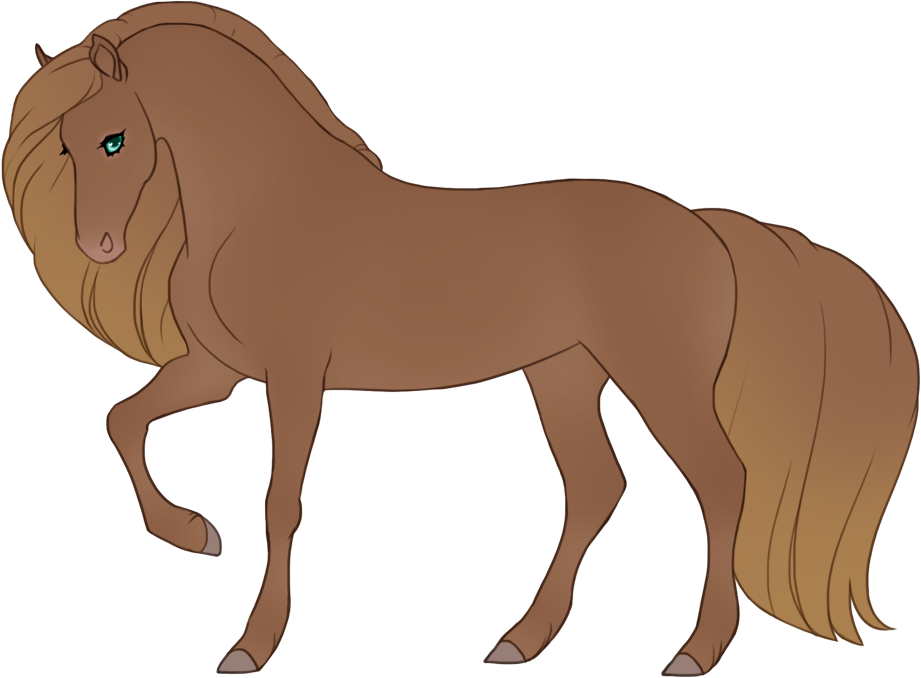
Smoky black pearl
black + cream pearl
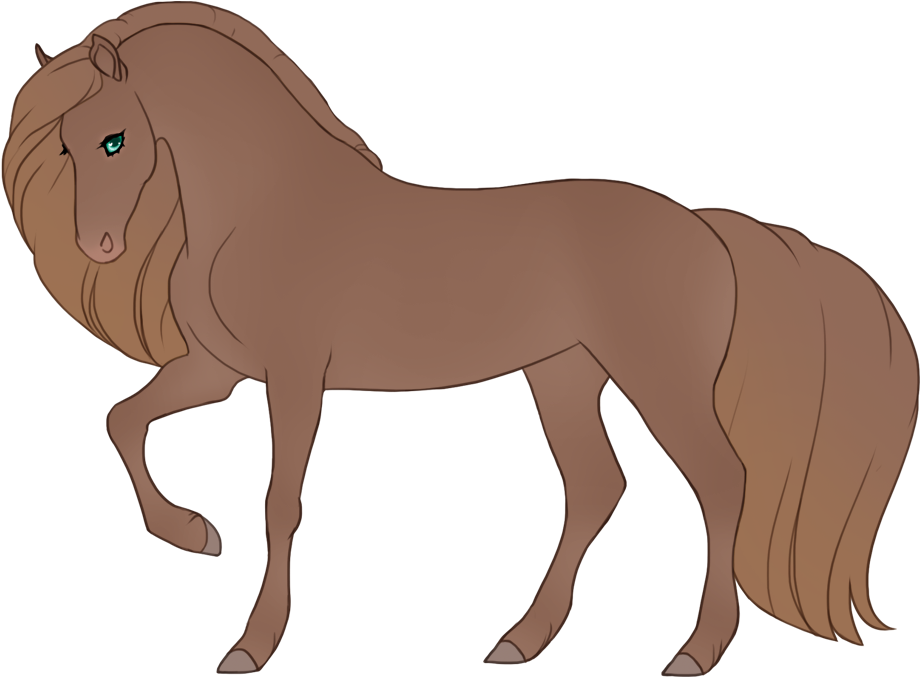
Dark smoky black pearl
black + cream pearl
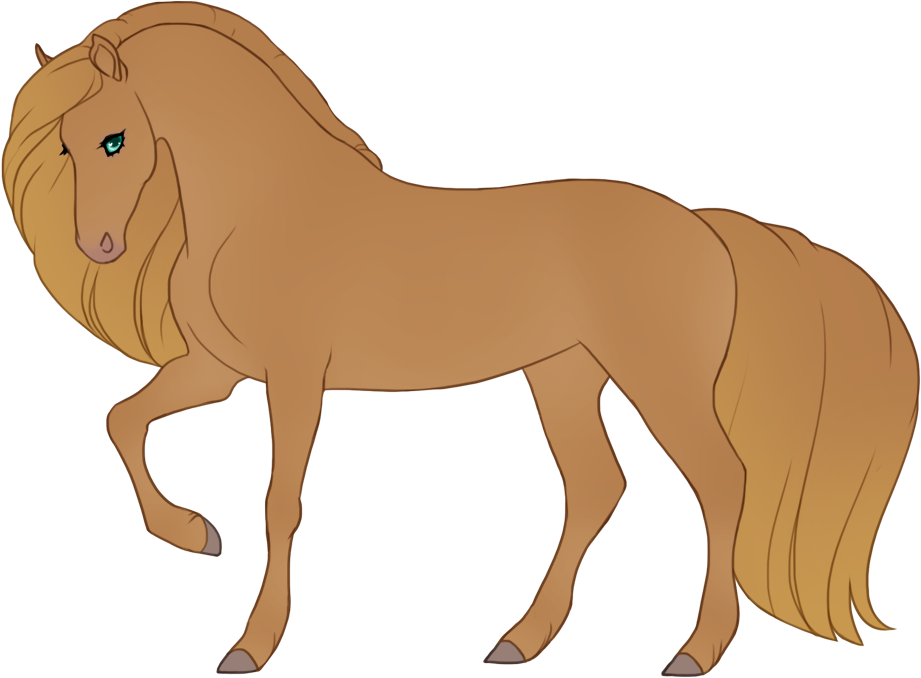
Golden smoky black pearl
black + cream pearl
Buckskin pearl cream pearl on bay
Coat should follow the variations of palomino pearl.
Mane, tail, and black points should follow the variations of smoky black pearl and the respective expression of bay/seal/tanpoint.
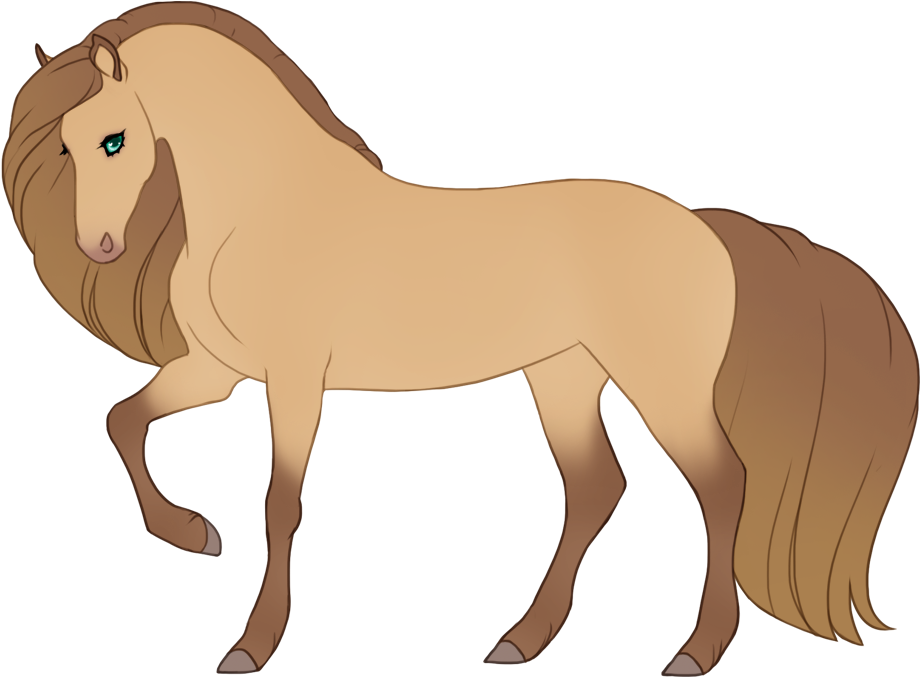
Buckskin pearl
bay + cream pearl
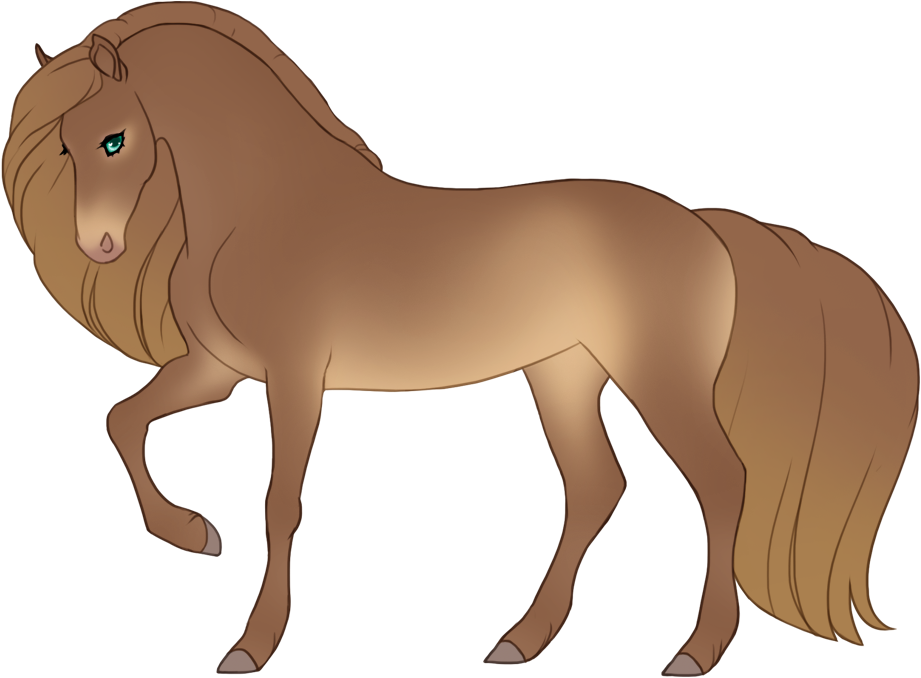
Seal buckskin pearl
seal bay + cream pearl
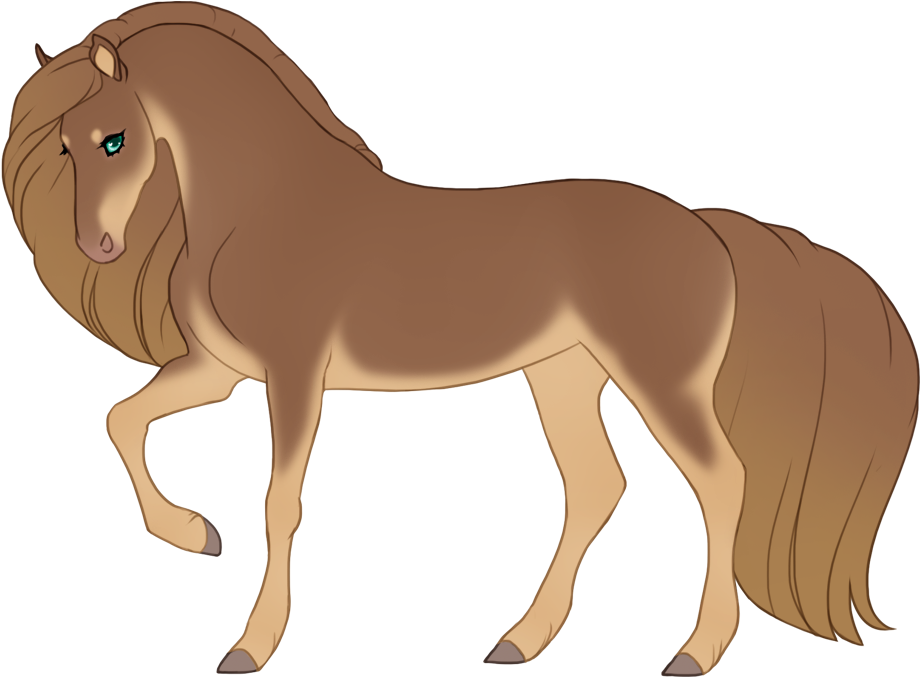
Tanpoint buckskin pearl
tanpoint bay + cream pearl
Tawny
TwnTwn / nTwn
Effects
- Skin: dark brown, brown, light brown, pink
- Horns and hooves: brown, russet, beige [Horn & hoof color guide]
- Eye color: brown, golden, peachy pink [Eye color guide]
Honey tawny on chestnut
Saturates the coat into an even shade ranging from bright red, peach, and golden orange.
Mane and tail should be a similar color to the coat but can be slightly light faded at the tips.
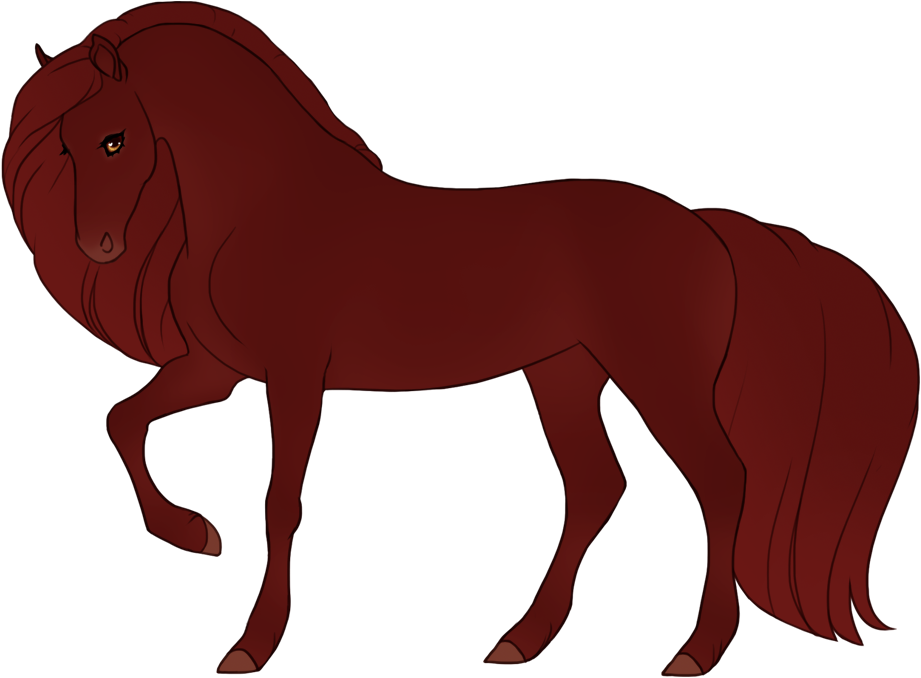
Dark honey
chestnut + tawny
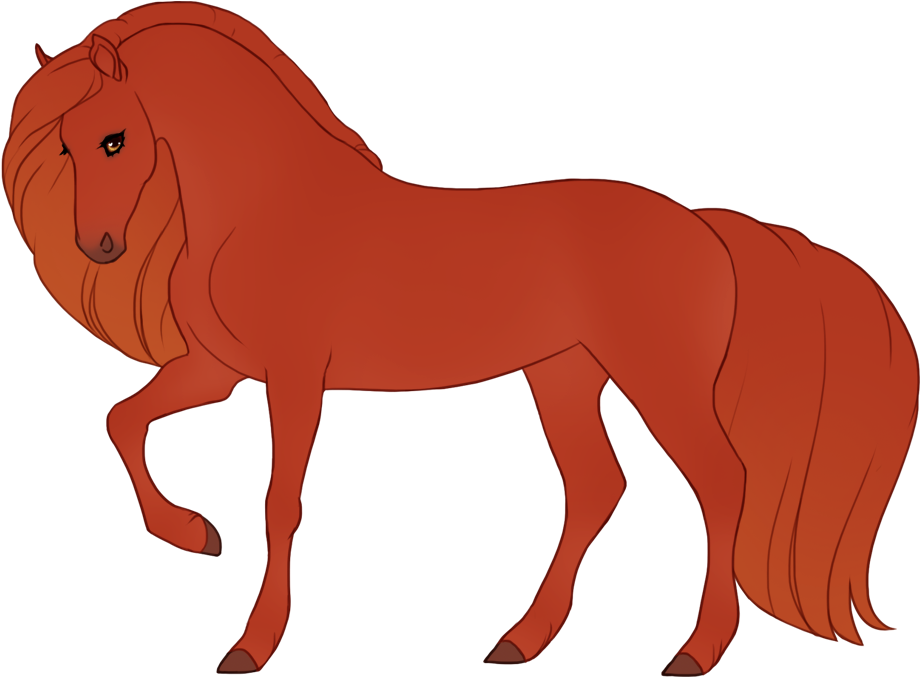
Red honey
chestnut + tawny
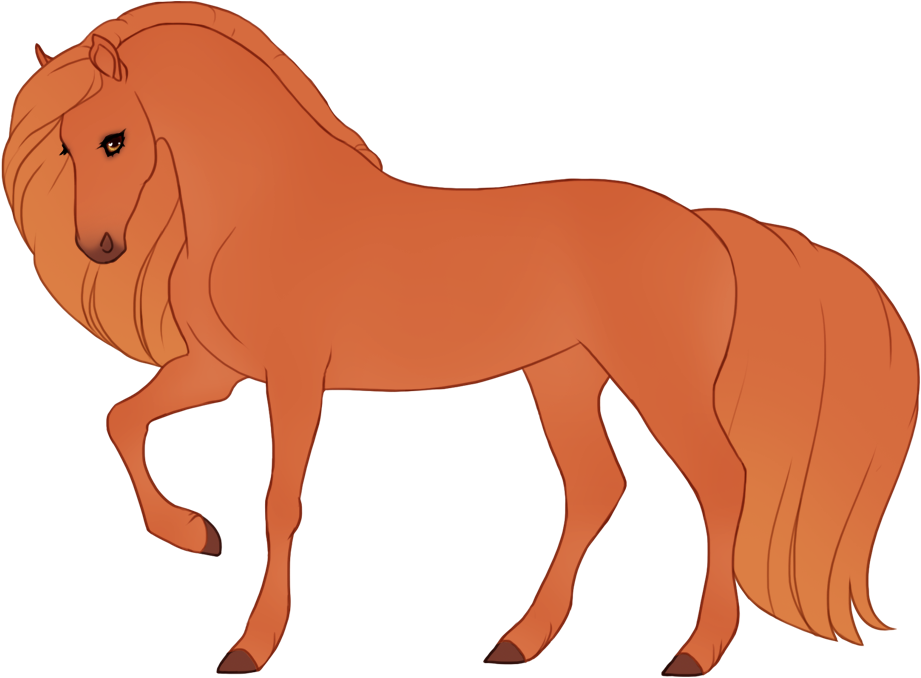
Peach honey
chestnut + tawny
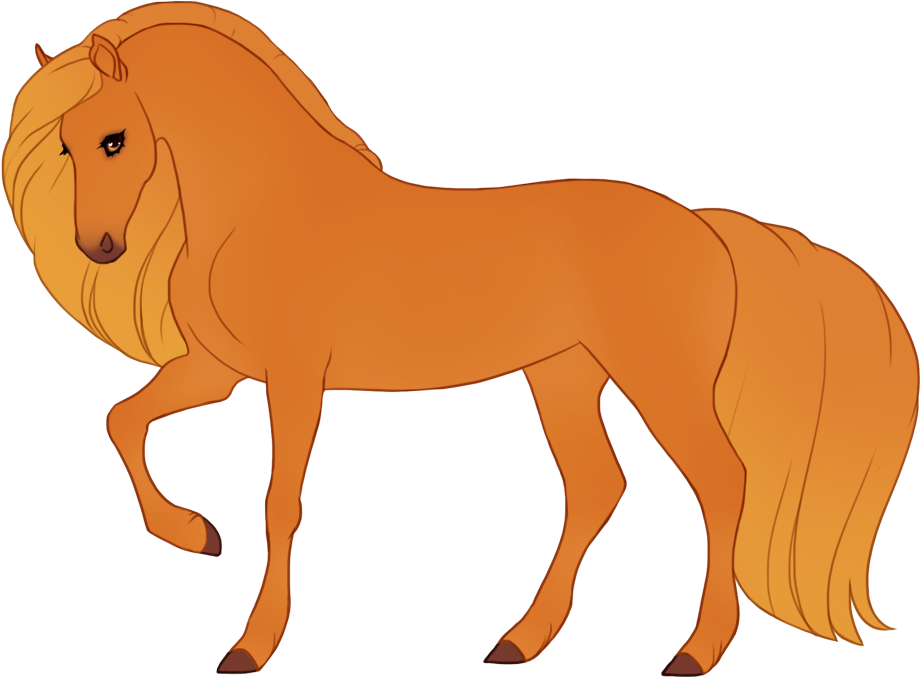
Orange honey
chestnut + tawny
Cherry tawny on black
Coat and mane/tail should be an even shade of rich brown or reddish brown
Tips of mane/tail can be slightly faded.
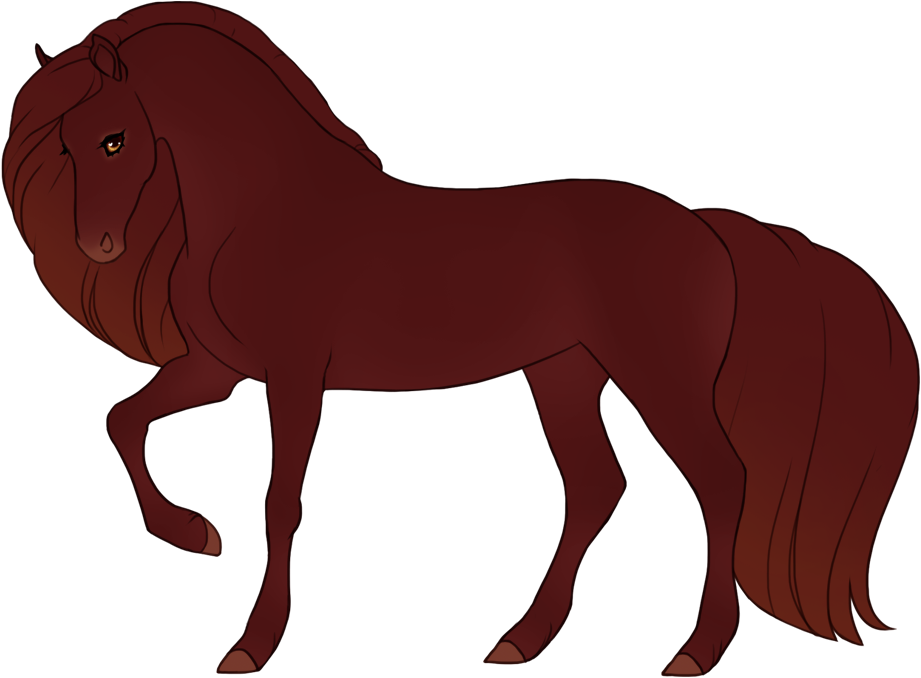
Dark cherry
black + tawny
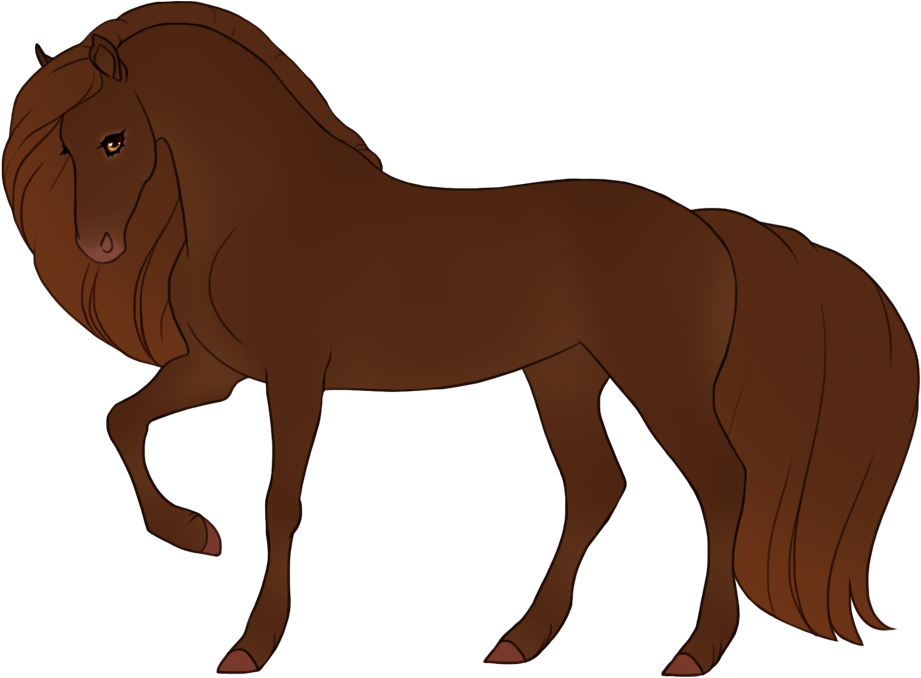
Brown cherry
black + tawny
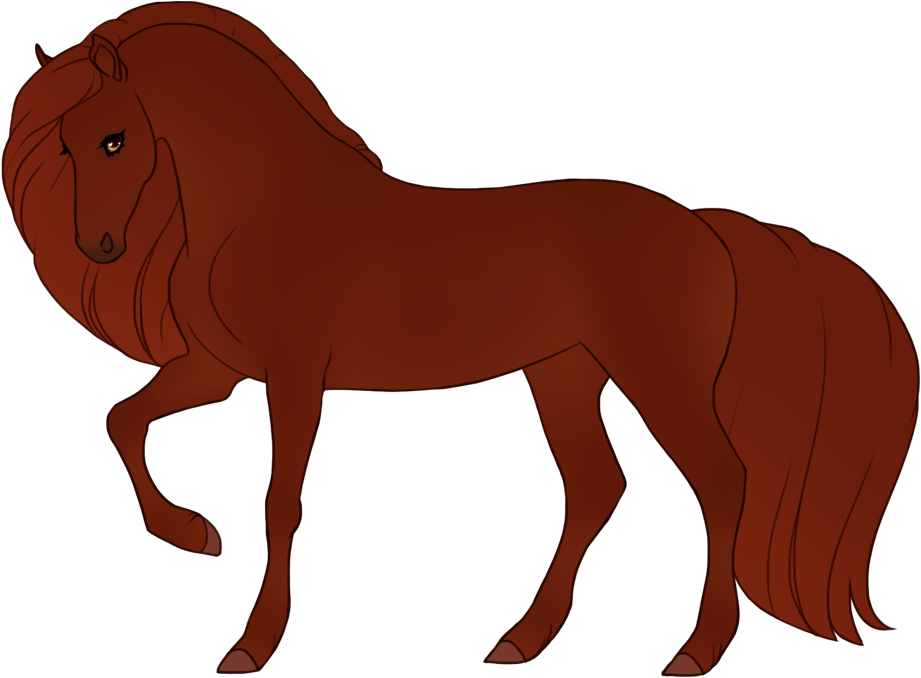
Red cherry
black + tawny
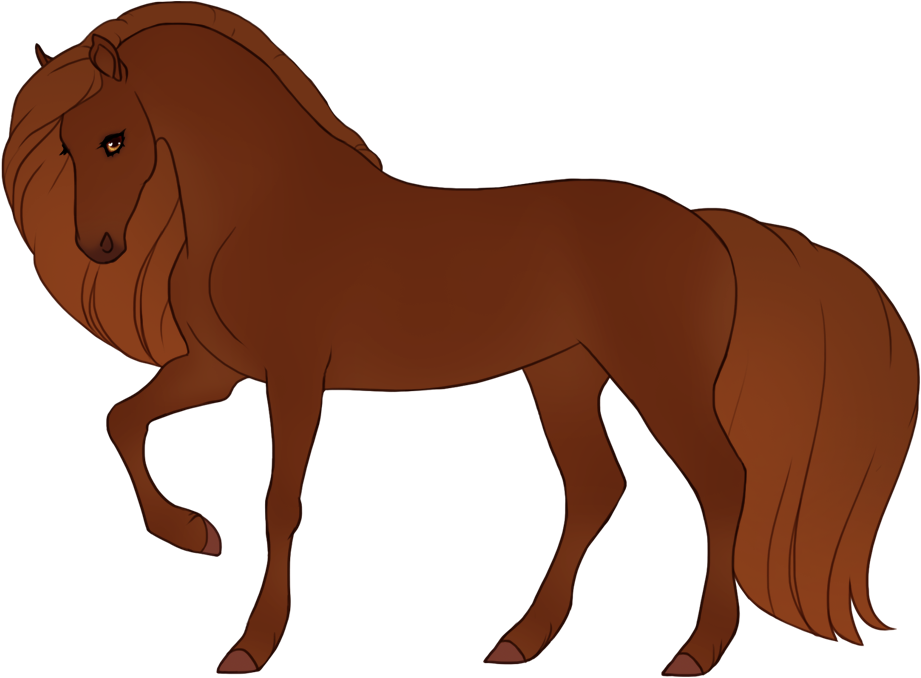
Gold cherry
black + tawny
Ginger tawny on bay
Coat should follow the variations of honey.
Mane, tail, and black points should follow the variations of cherry and the respective expression of bay/seal/tanpoint. The mane, tail, and black points should always be darker than the honey-coloured areas.
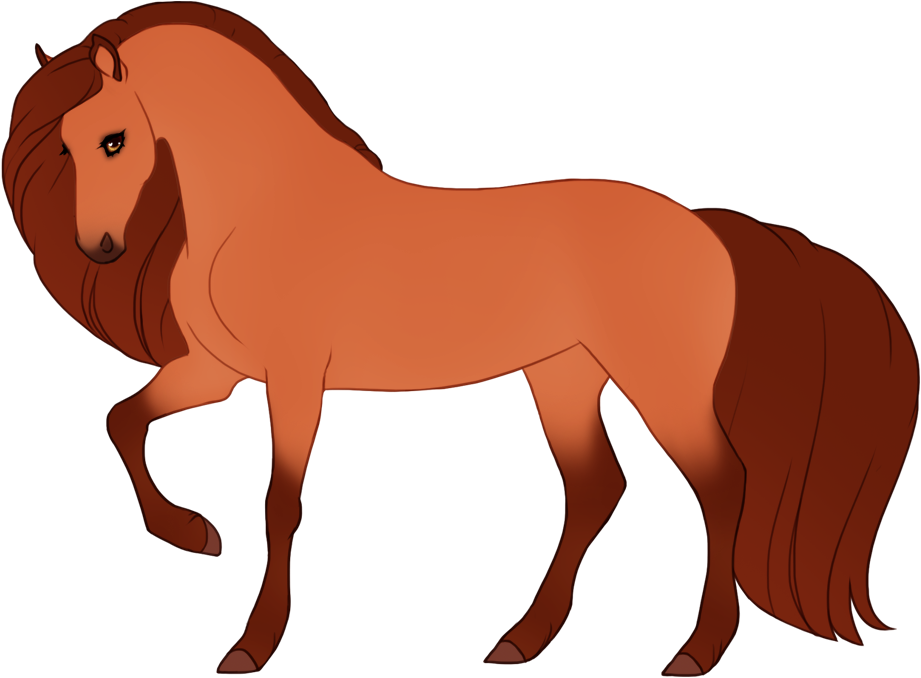
Ginger
bay + tawny
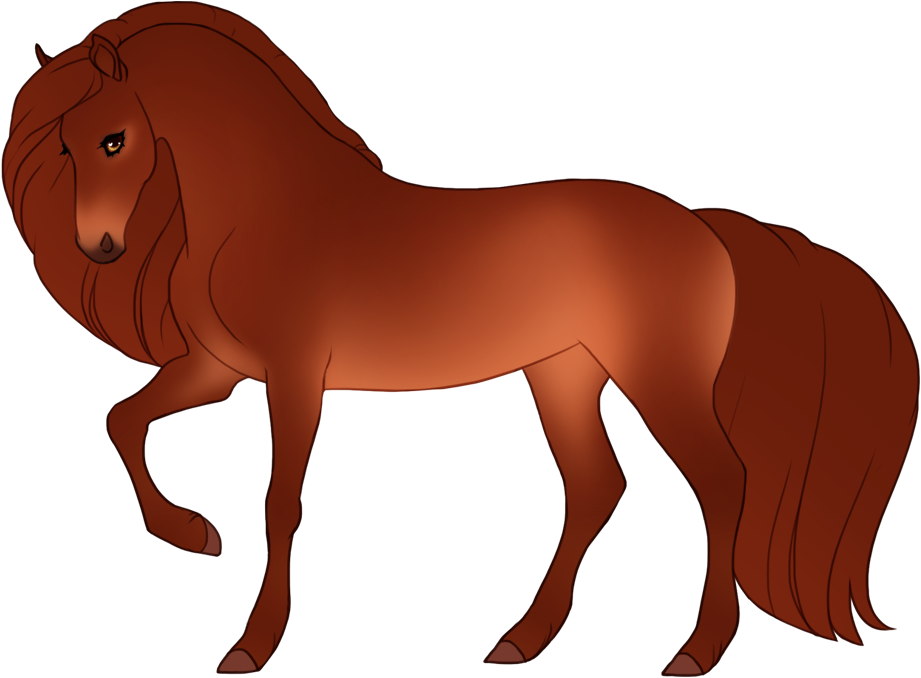
Seal ginger
seal bay + tawny
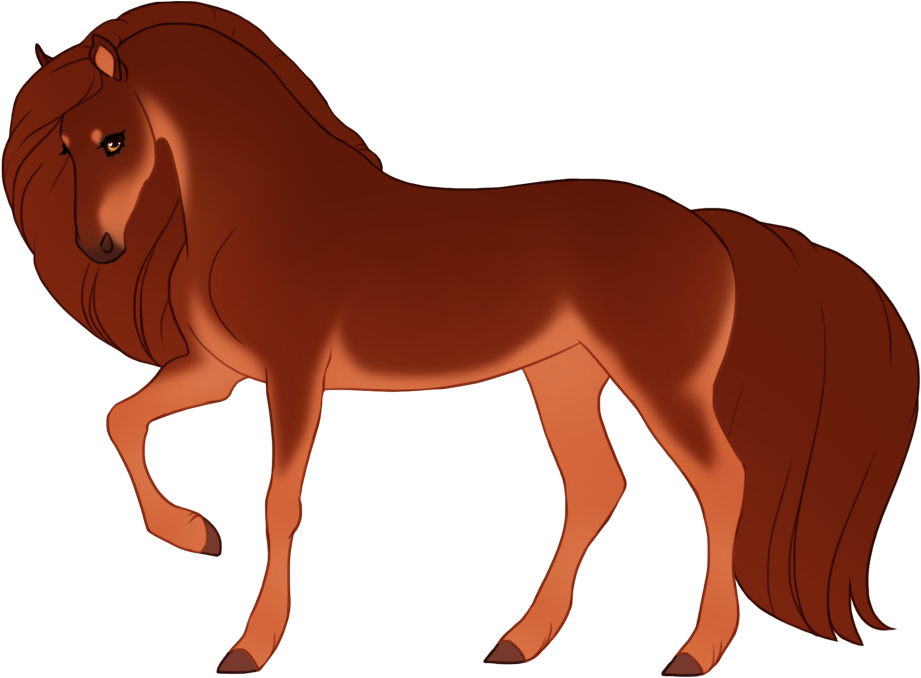
Tanpoint ginger
tanpoint bay + tawny
Blue
BluBlu / nBlu
Effects
- Skin: grey, slate-blue
- Horns and hooves: grey, slate-blue [Horn & hoof color guide]
- Eye color: grey, blue [Eye color guide]
Blue chestnut blue on chestnut
Desaturates the coat into an even shade of slate blue or slate grey. Despite the name, blue should never appear as a fully saturated blue, it will always be closer in color to grey. Just like regular chestnut it can have a large variation of possible colors, e.g. a liver chestnut would be a dark near-black blue/grey.
Mane and tail should be a similar color to the coat but can be slightly light faded at the tips.
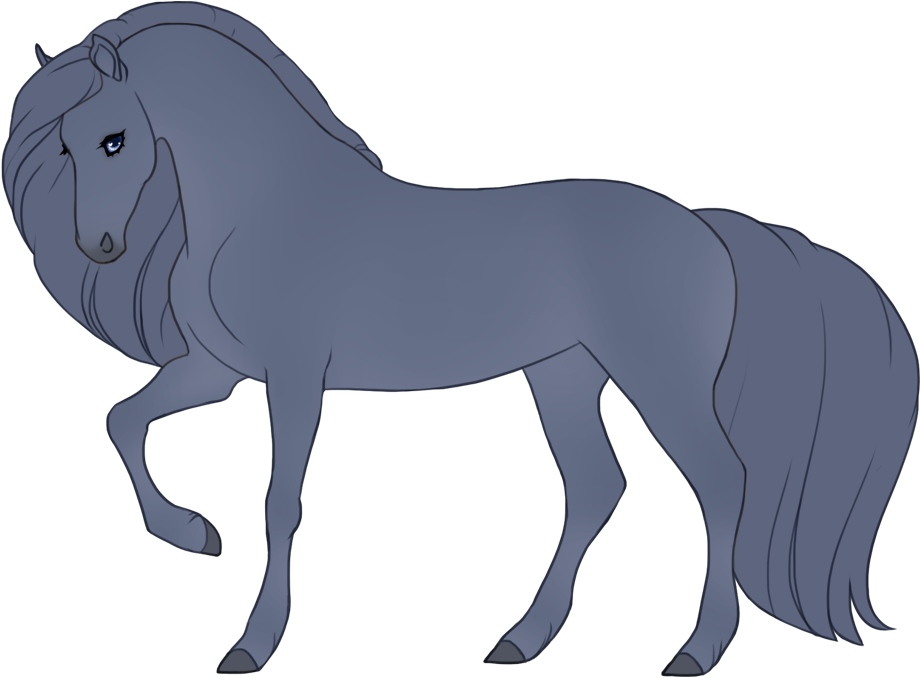
Blue chestnut
chestnut + blue
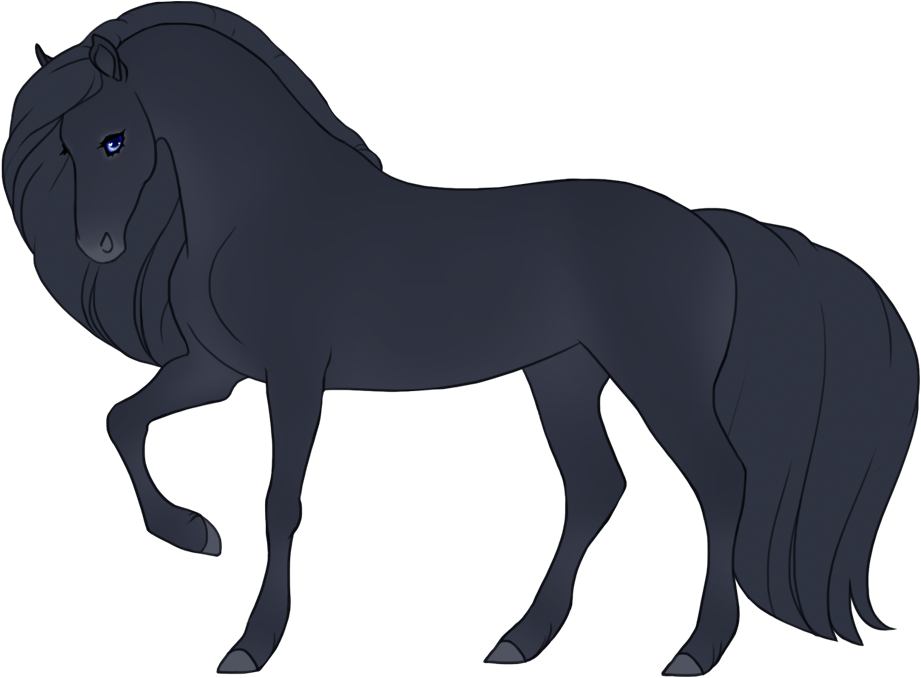
Dark blue chestnut
chestnut + blue
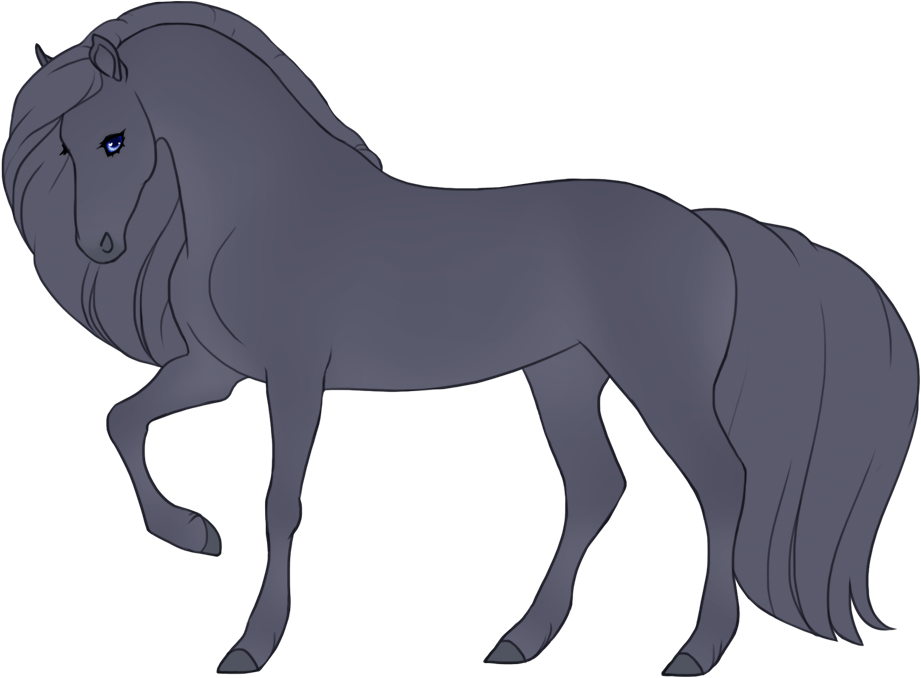
Warm blue chestnut
chestnut + blue
Blue black blue on black
Coat and mane/tail should be an even shade of dark, near-black grey or slate blue. Despite the name, blue should never appear as a fully saturated blue, it will always be closer in color to grey.
Tips of mane/tail can be slightly faded.
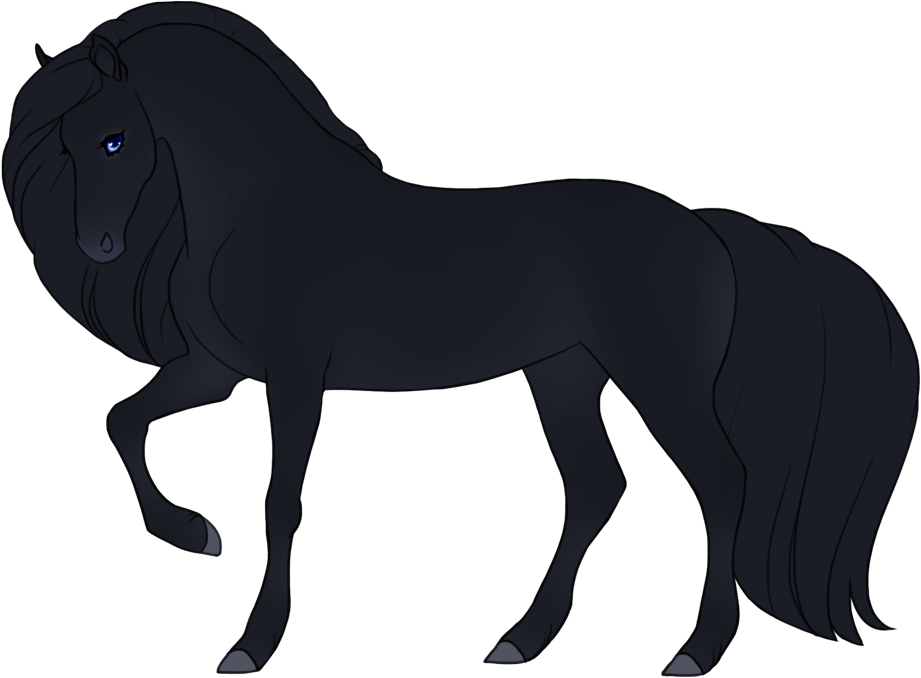
Blue black
black + blue
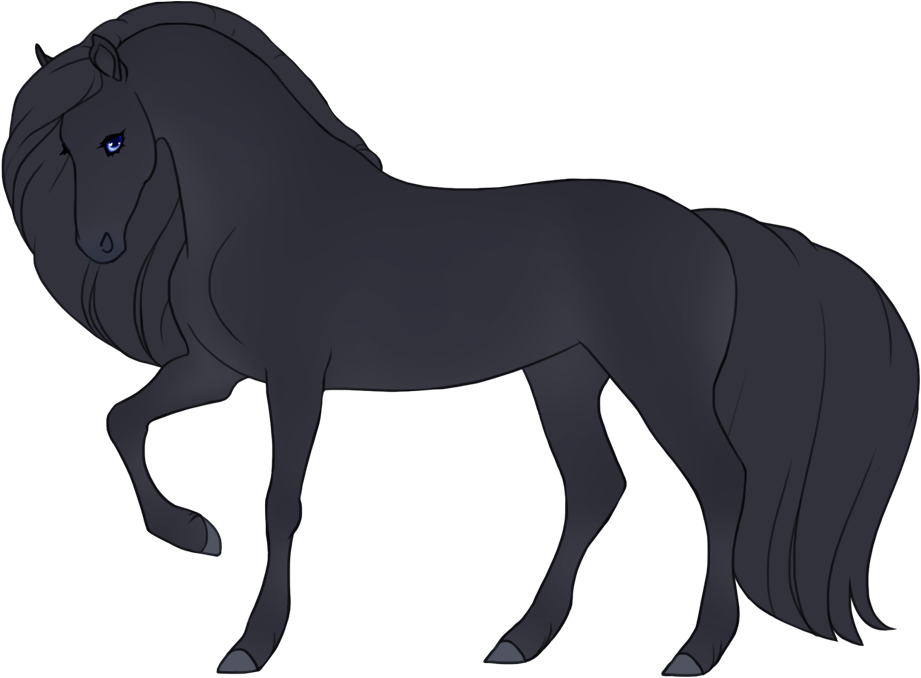
Light blue black
black + blue
Blue bay blue on bay
Coat should follow the variations of blue chestnut.
Mane, tail, and black points should follow the variations of blue black and the respective expression of bay/seal/tanpoint.
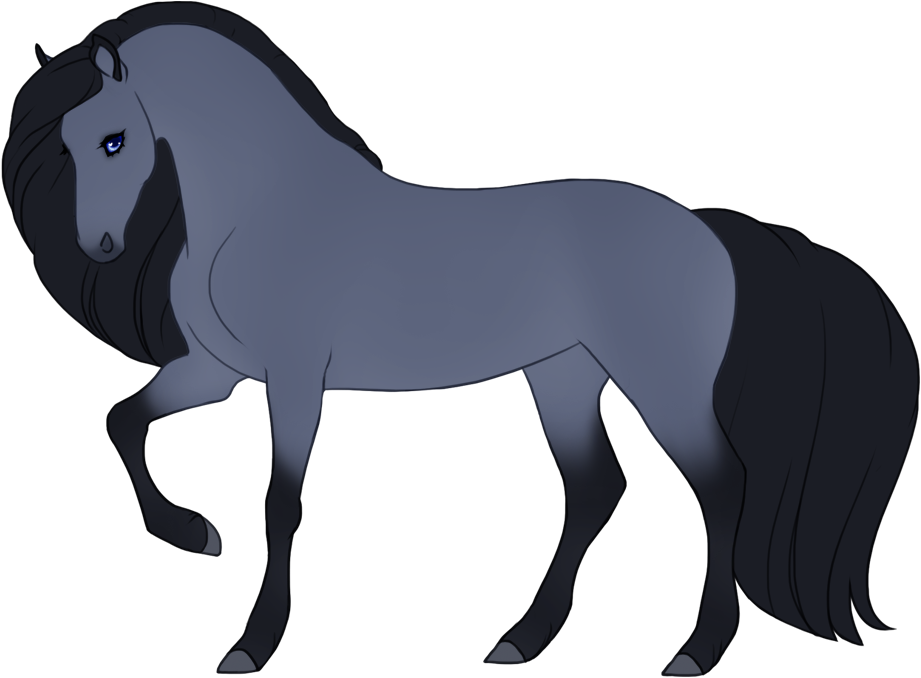
Blue bay
bay + blue
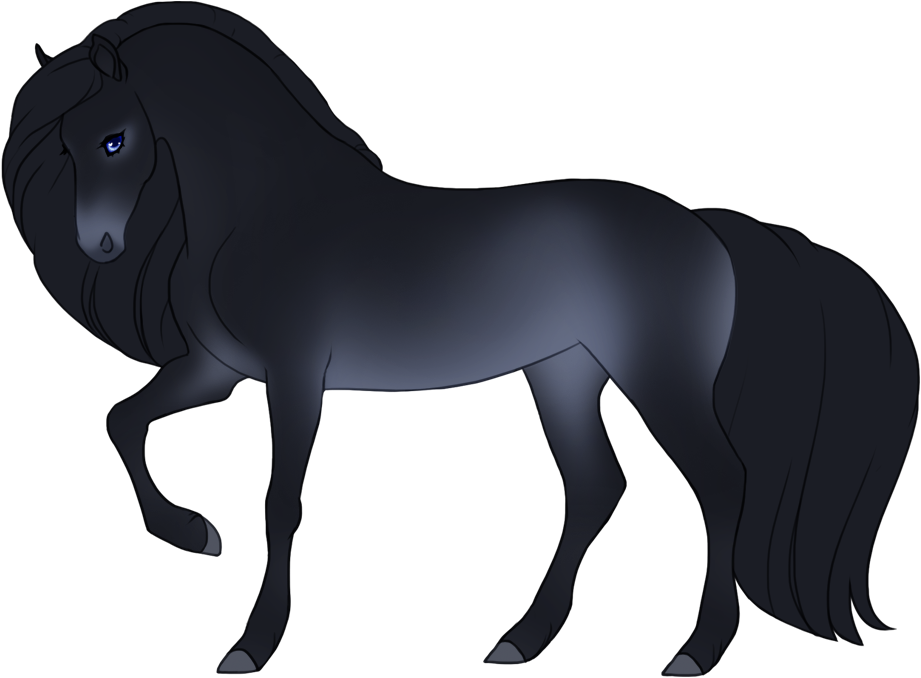
Blue seal bay
seal bay + blue
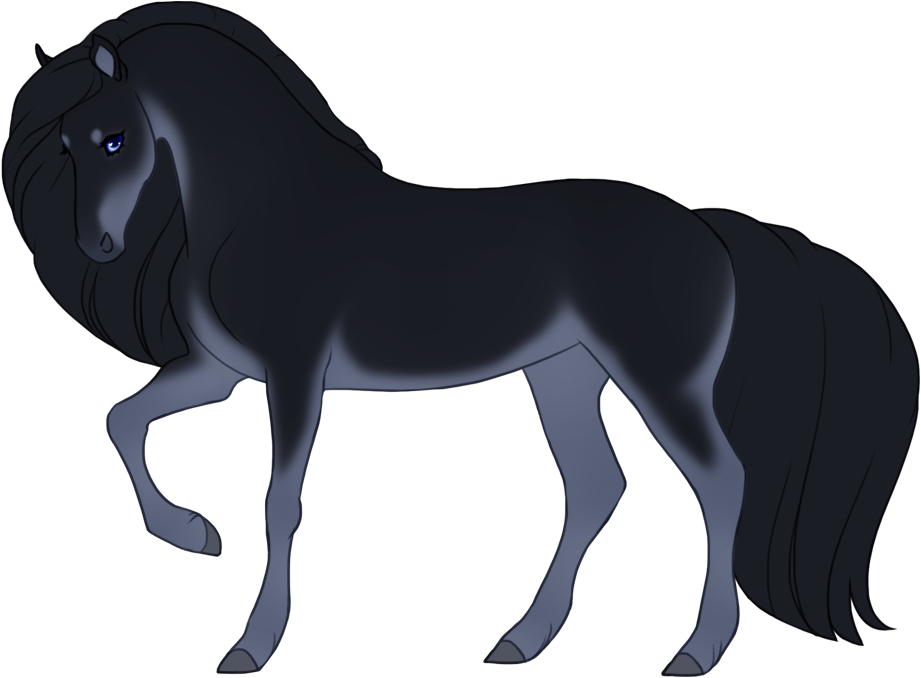
Blue tanpoint bay
tanpoint bay + blue
Effects
- Skin: mulberry purple, muted pink, soft grey
- Horns and hooves: mulberry purple, muted pink, soft grey [Horn & hoof color guide]
- Eye color: purple, soft grey [Eye color guide]
Blue honey blue & tawny on chestnut
Coat should be an even shade ranging anywhere from warm greyish pink to mulberry purple.
Mane and tail should be a similar color to the coat, or slightly lighter, and can be slightly light faded at the tips.
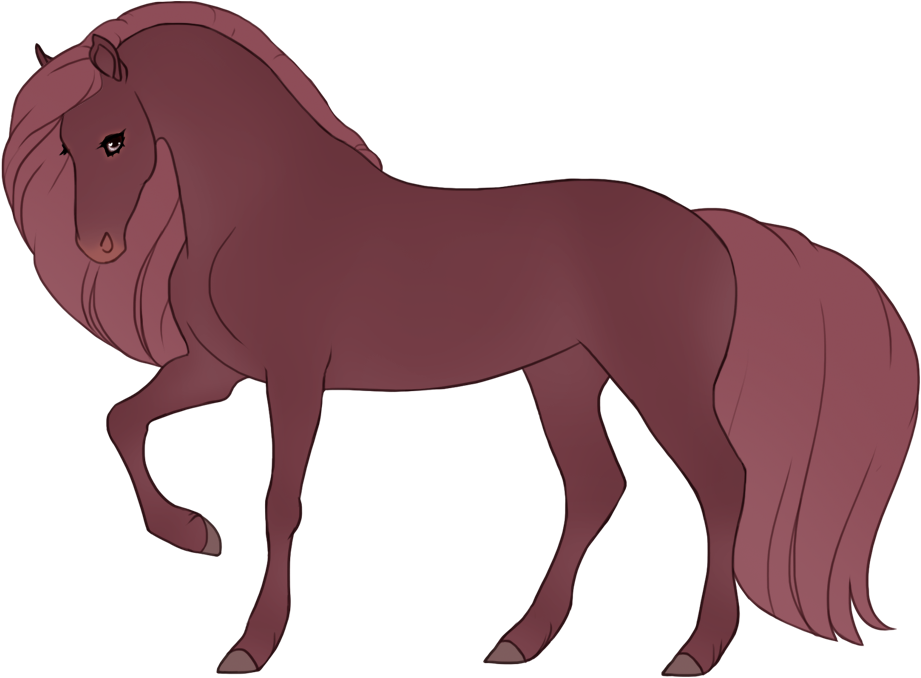
Dark blue honey
chestnut + blue + tawny
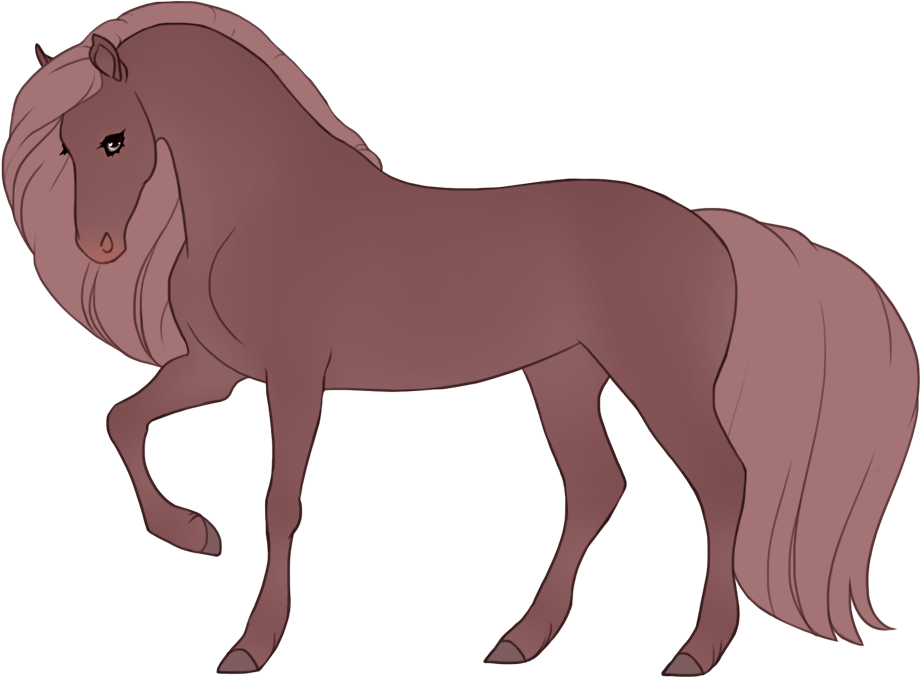
Brown blue honey
chestnut + blue + tawny
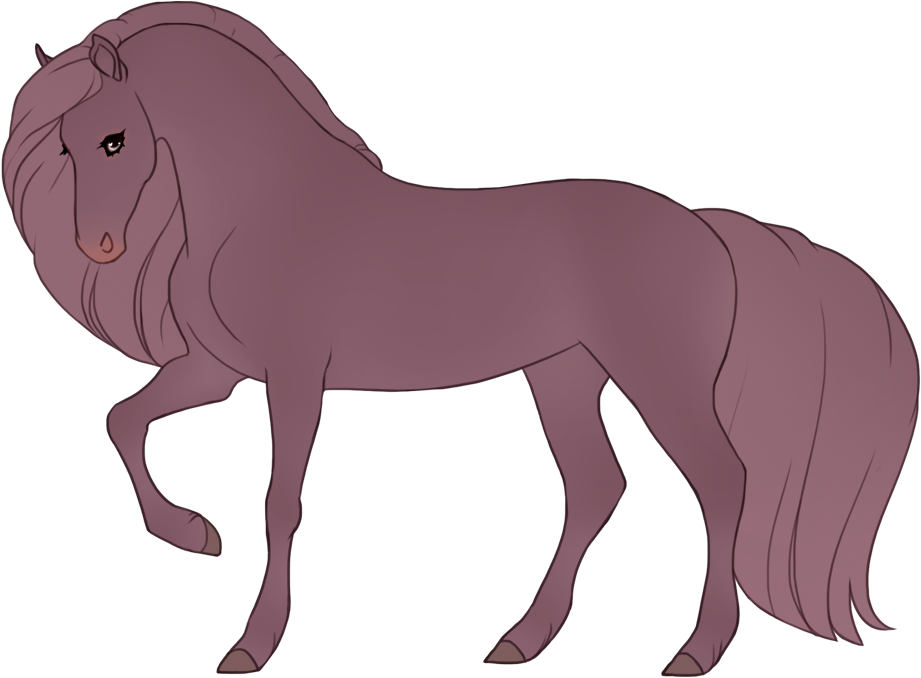
Mulberry blue honey
chestnut + blue + tawny
Blue cherry blue & tawny on black
Coat and mane/tail should be an even shade ranging between dark plum purple, raisin and brown.
Tips of mane/tail can be slightly faded.
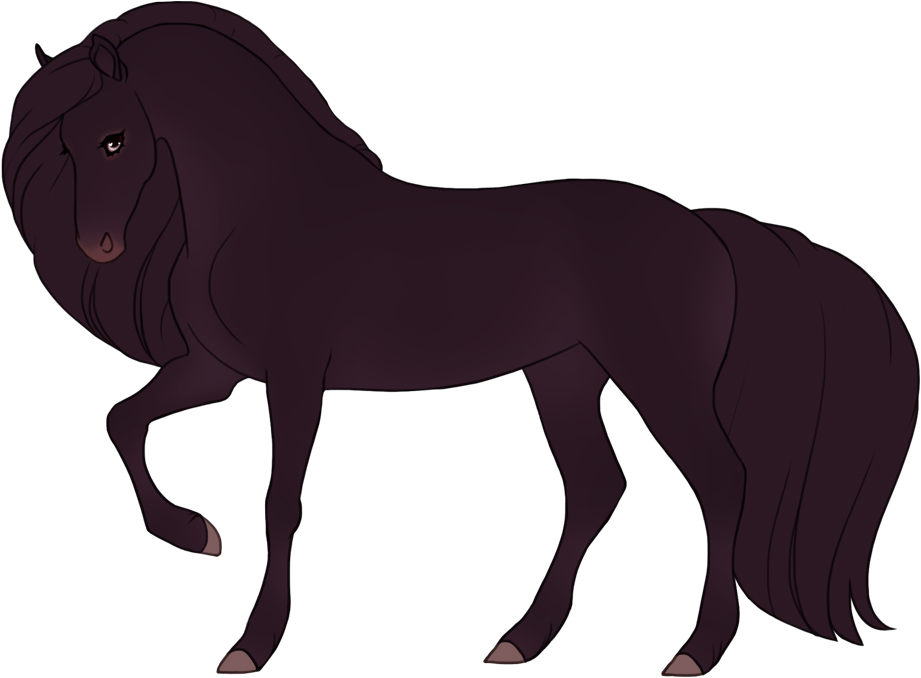
Dark blue cherry
black + blue + tawny
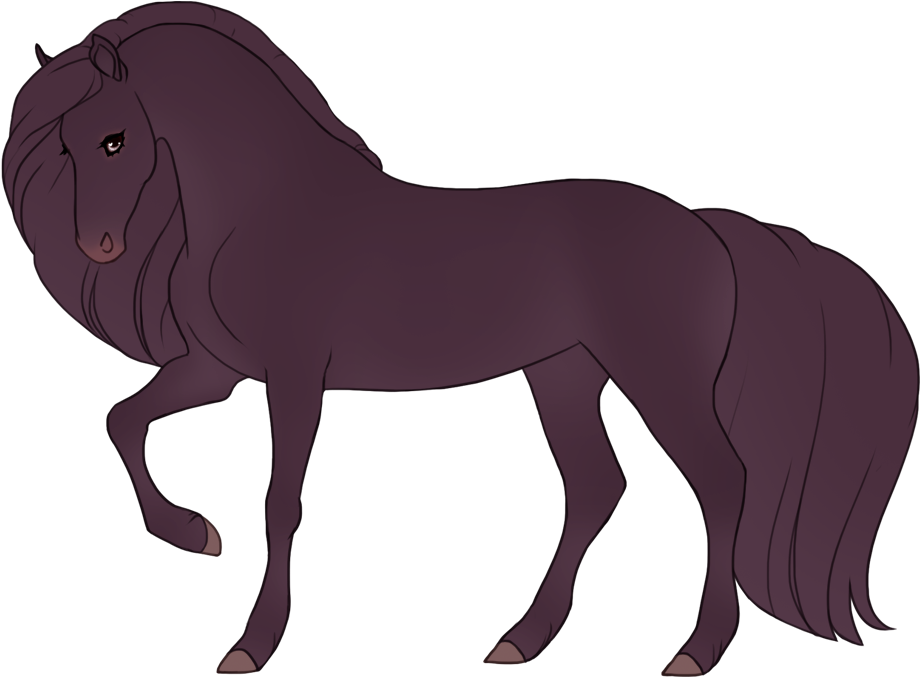
Blue cherry
black + blue + tawny
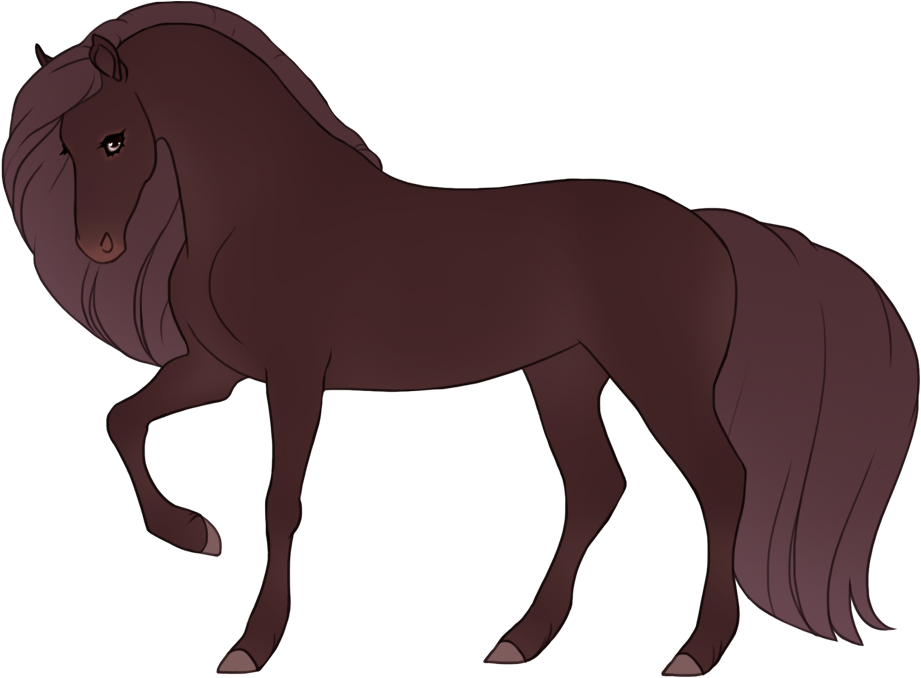
Brown blue cherry
black + blue + tawny
Blue ginger blue & tawny on bay
Coat should follow the variations of blue honey.
Mane, tail, and black points should follow the variations of blue cherry and the respective expression of bay/seal/tanpoint.
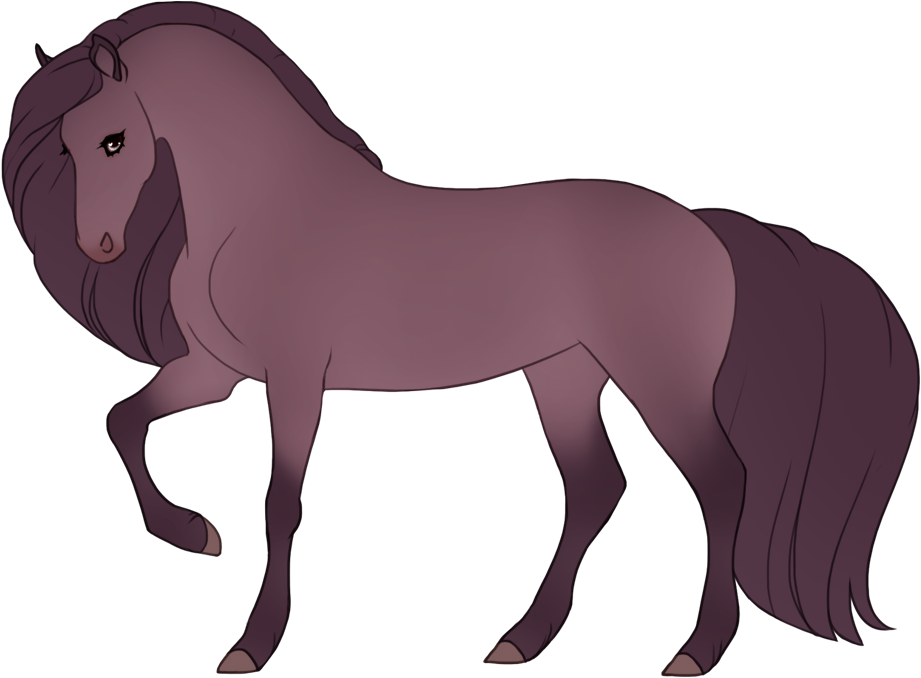
Blue ginger
bay + blue + tawny
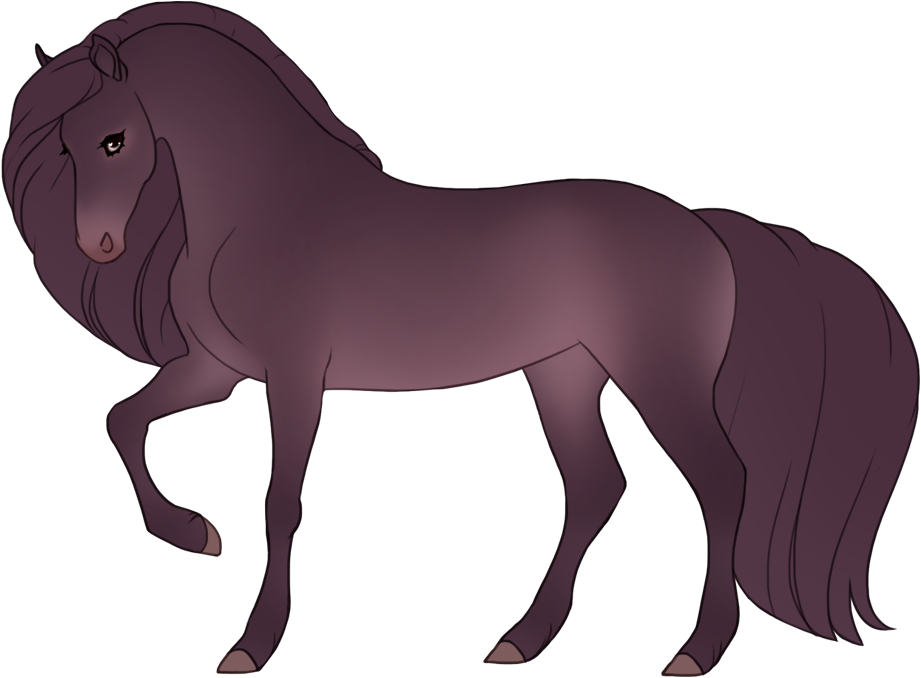
Blue seal ginger
seal bay + blue + tawny
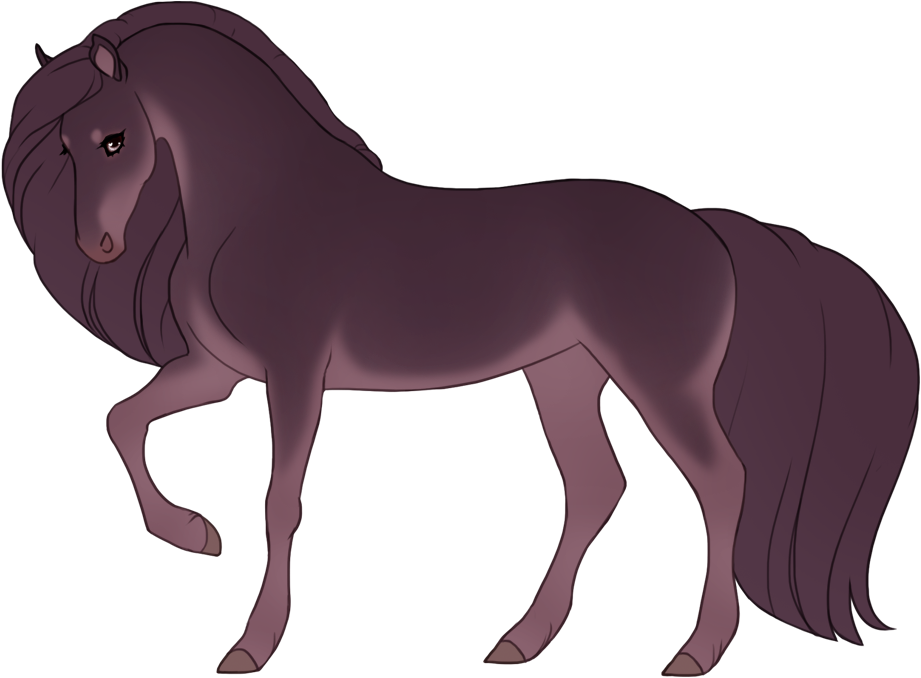
Blue tanpoint ginger
tanpoint bay + blue + tawny
Champagne
ChCh / nCh
Effects
- Skin: beige, pink or light brown
- Horns and hooves: beige or light grey-brown [Horn & hoof color guide]
- Eye color: green, hazel [Eye color guide]
Gold champagne champagne on chestnut
Coat should be an even creamy light golden.
Mane and tail should be a similar, lighter shade than the coat, or creamy near-white.
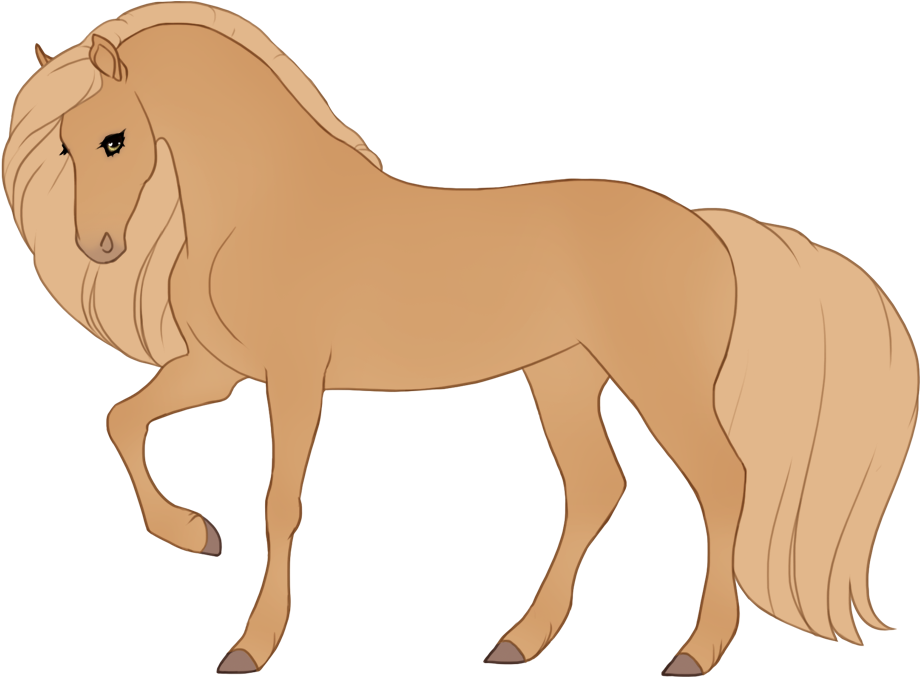
Gold champagne
chestnut + champagne
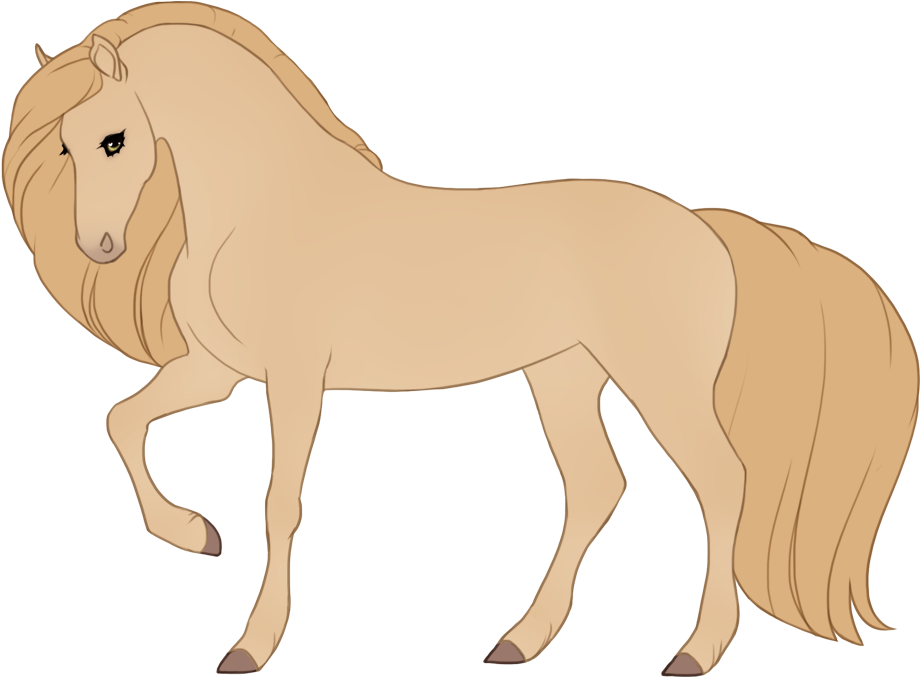
Light gold champagne
chestnut + champagne
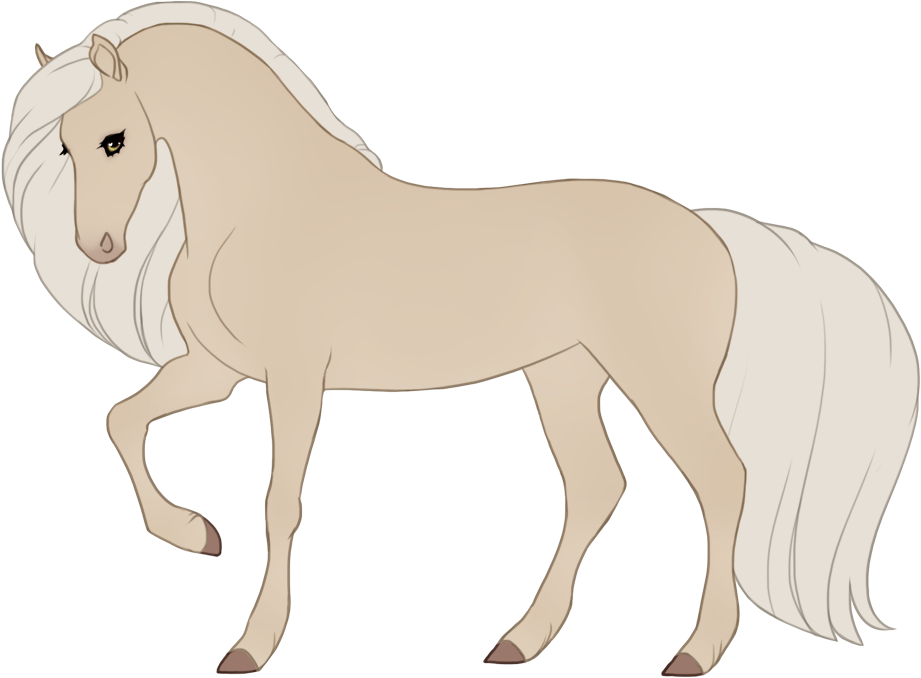
Pale gold champagne
chestnut + champagne
Classic champagne champagne on black
Coat and mane/tail should be an even shade of tan brown, and can be more of a desaturated earthly tone or even take on more golden hues.
Tips of mane/tail can be faded into a more yellow/golden tone.
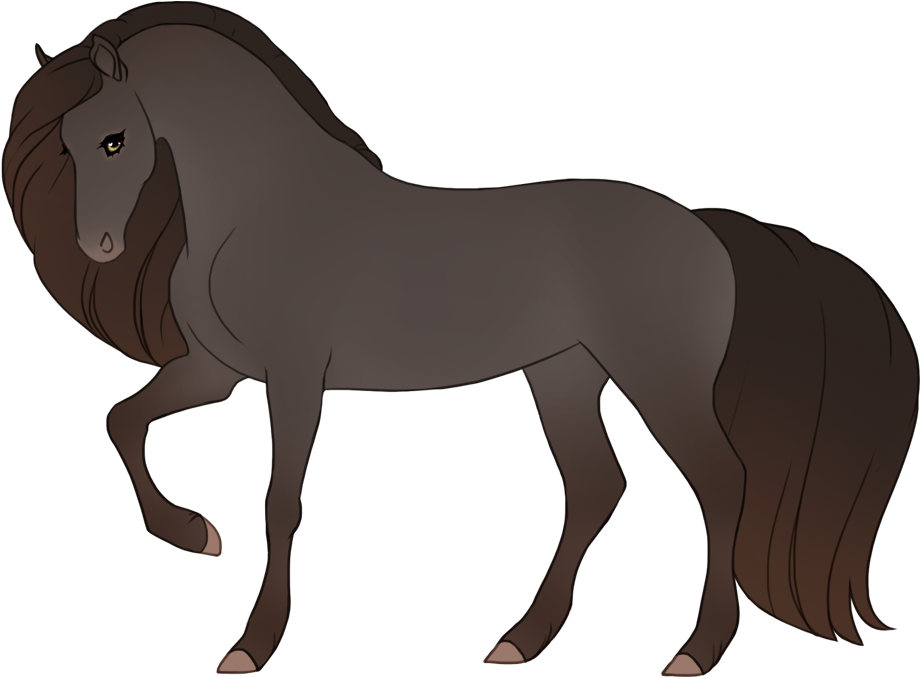
Dark classic champagne
black + champagne
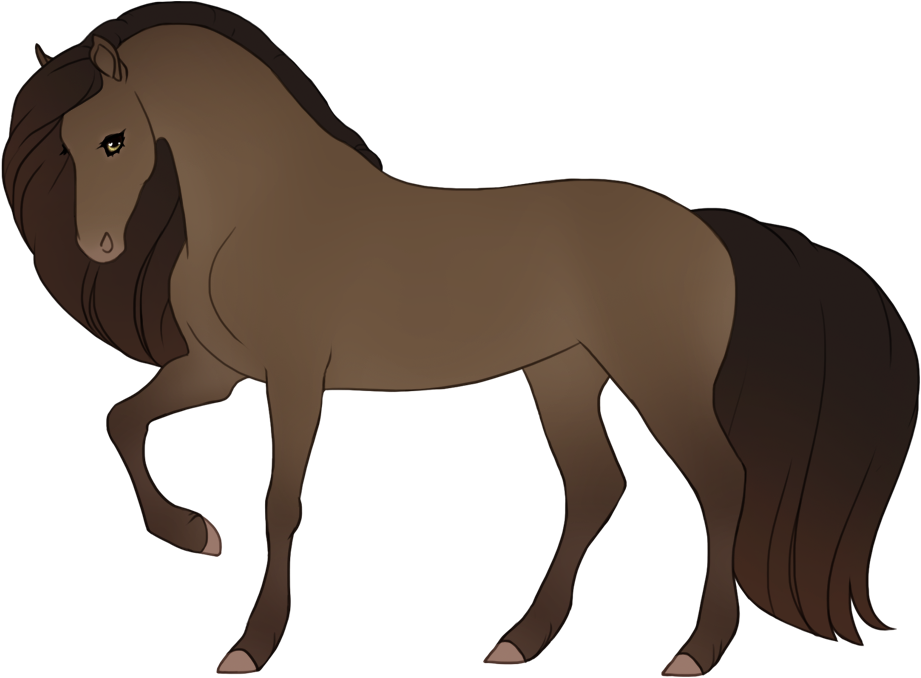
Classic champagne
black + champagne
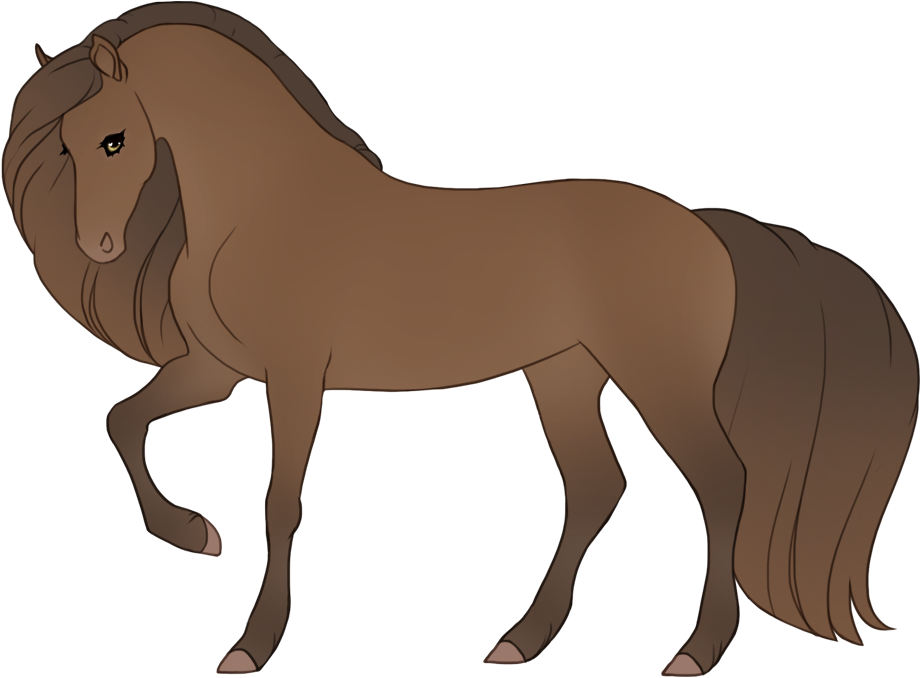
Light classic champagne
black + champagne
Amber champagne champagne on bay
Coat should follow the variations of gold champagne.
Mane, tail, and black points should follow the variations of classic champagne and the respective expression of bay/seal/tanpoint.
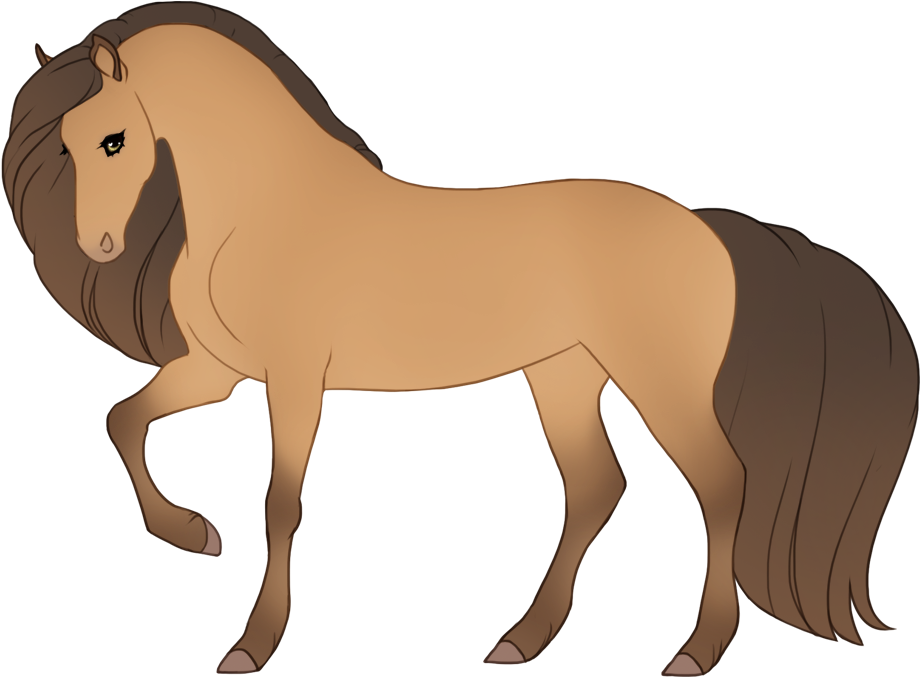
Amber champagne
bay + champagne
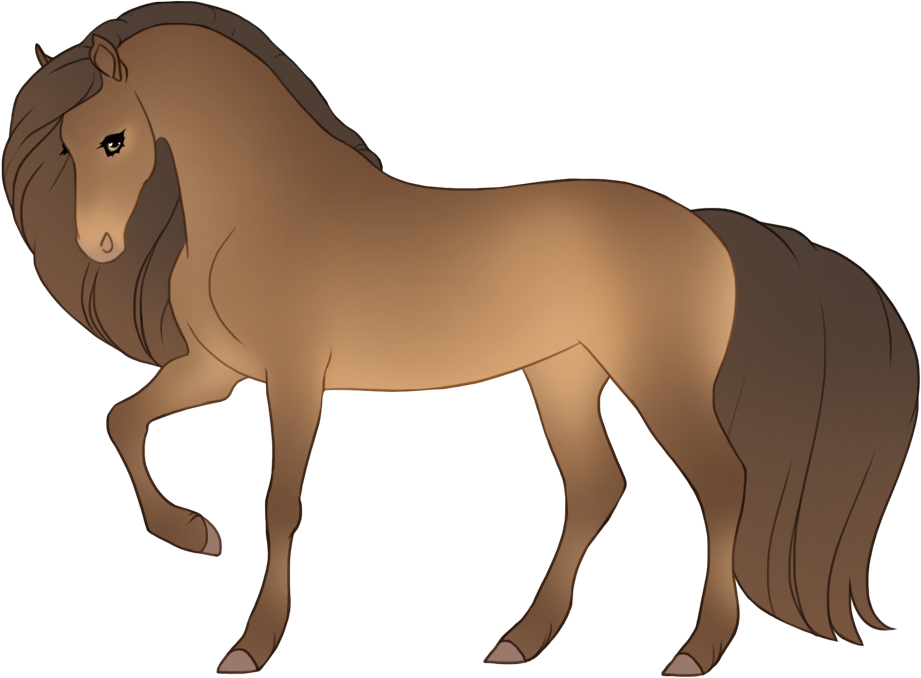
Seal amber champagne
seal bay + champagne
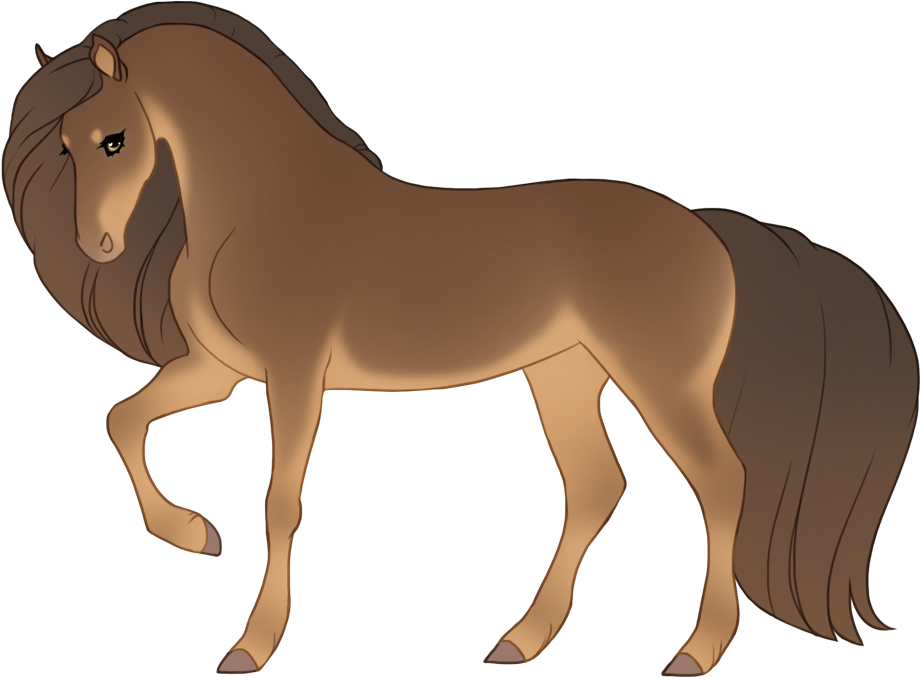
Tanpoint amber champagne
tanpoint bay + champagne
Dun
DD / nD
Effects
- Skin: unaffected by dun
- Horns and hooves: unaffected by dun [Horn & hoof color guide]
- Eye color: unaffected by dun [Eye color guide]
Typical dun
Dun dilutes most of the coat into a lighter shade, anywhere from very subtly lighter to a bright, creamy beige. Dun will always leave an undiluted "dorsal stripe" along the back/topline, undiluted rims on the ears, as well as undiluted legs or at the very minimum undiluted knees/hocks/fetlocks. The bottom/front of the face (between the muzzle to the eyes) should be undiluted as well, and may optionally extend further leaving most of the head undiluted.
Mane and tail should not be affected by dun, except for an optional "frosting" effect (see further below), diluting only the outer edges of the mane & tail.
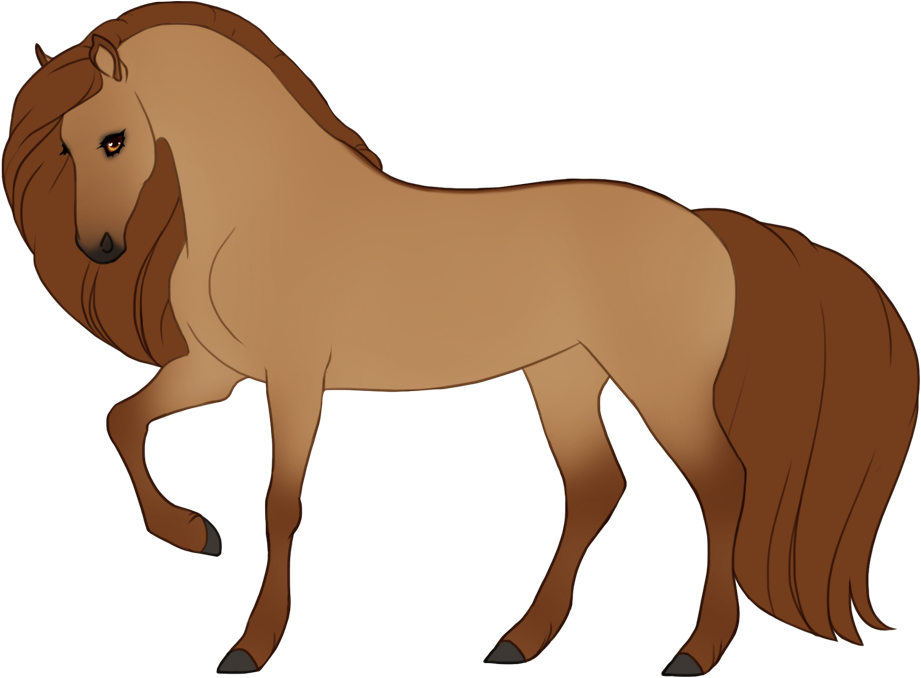
Chestnut dun
chestnut + dun
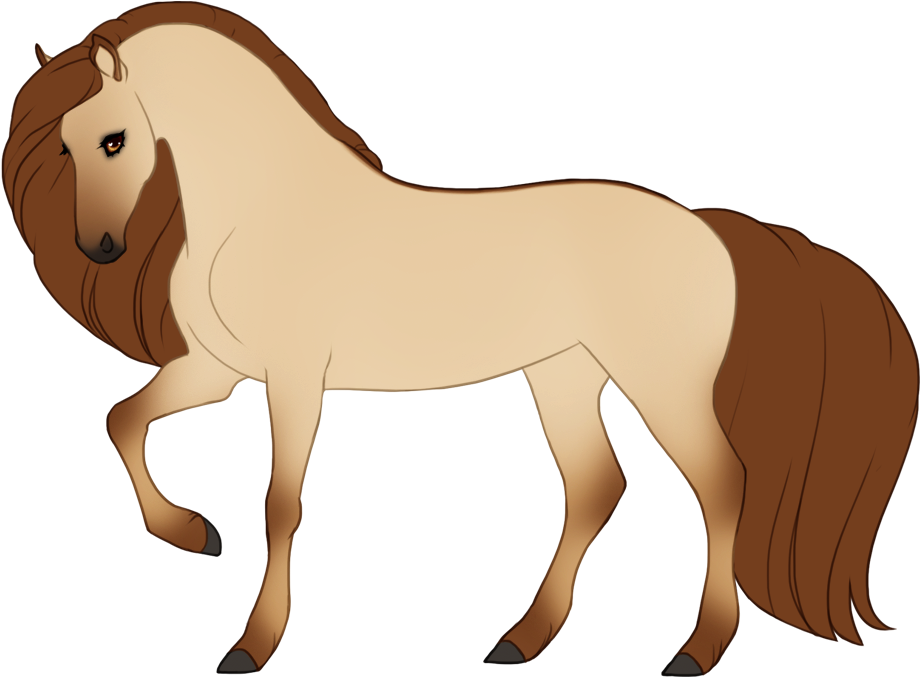
Light chestnut dun
chestnut + dun
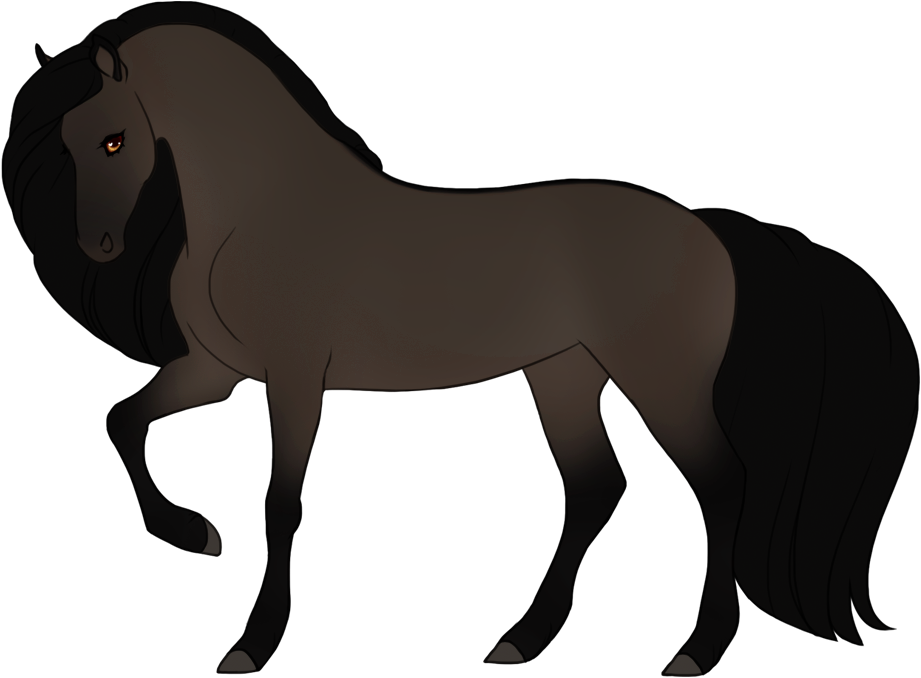
Black dun
black + dun
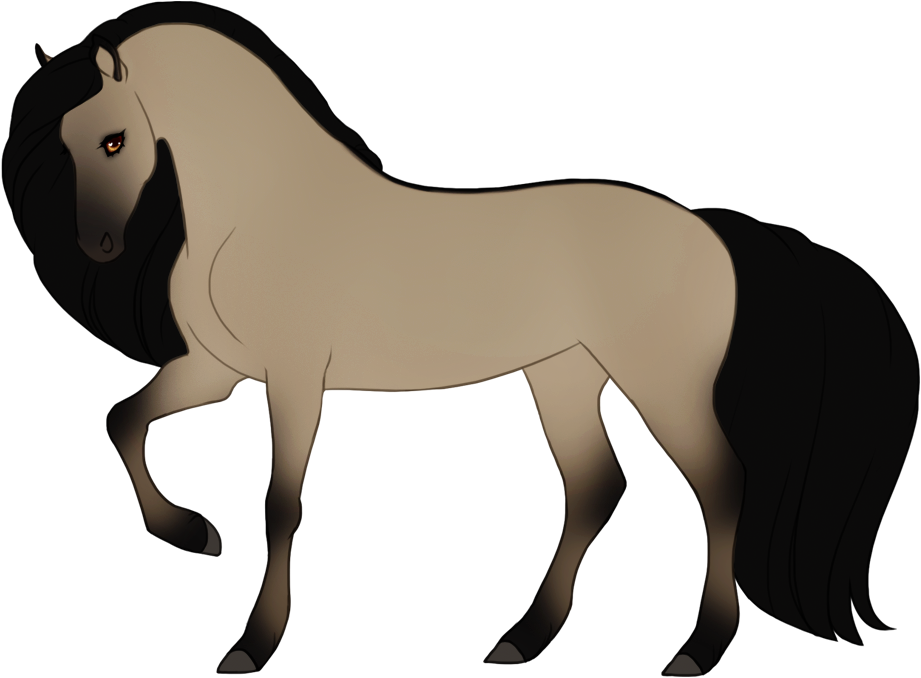
Light black dun
black + dun
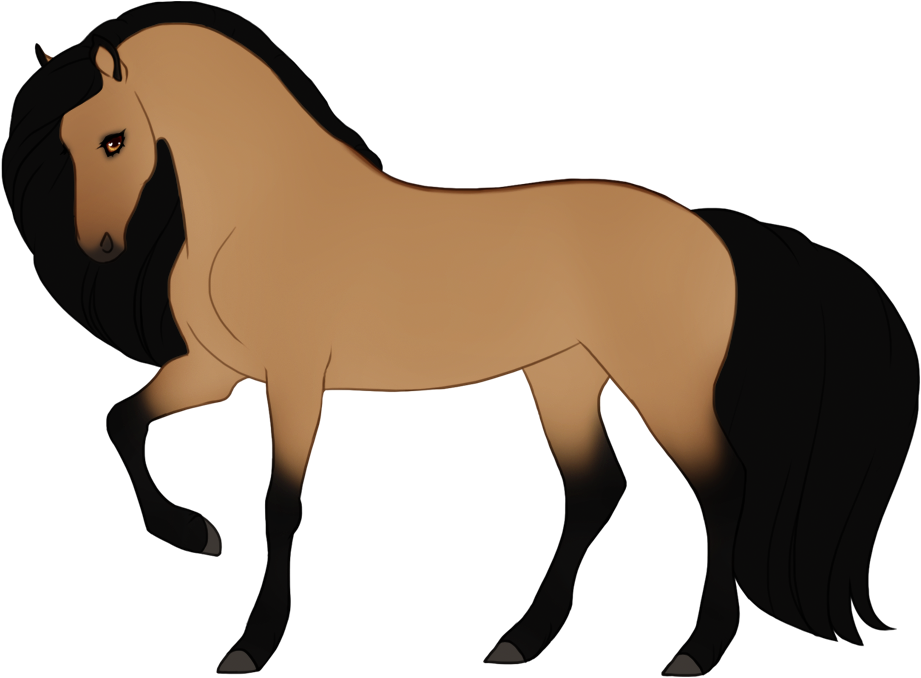
Bay dun
bay + dun
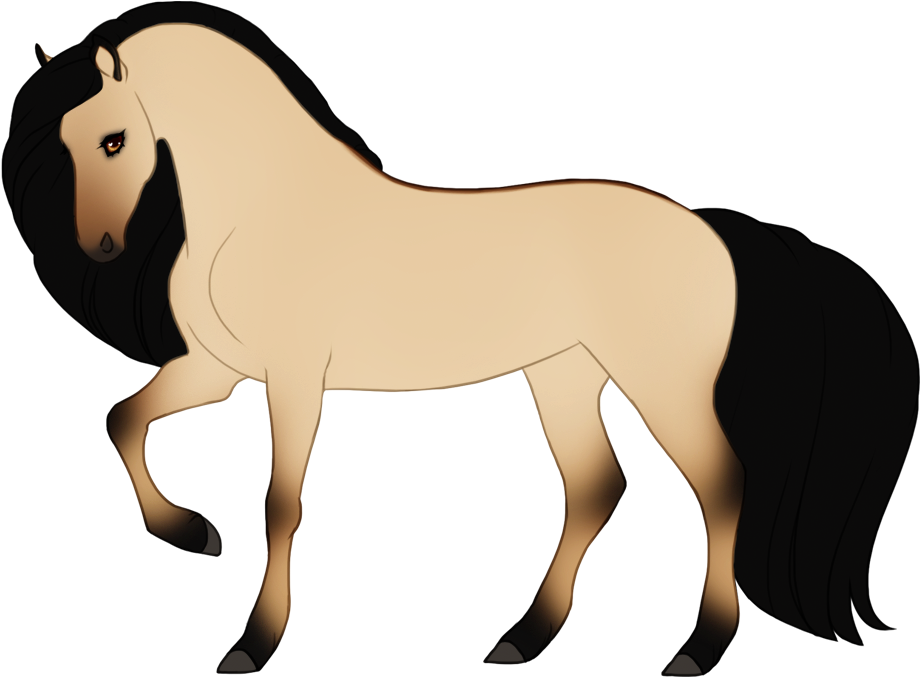
Light wild bay dun
bay + dun
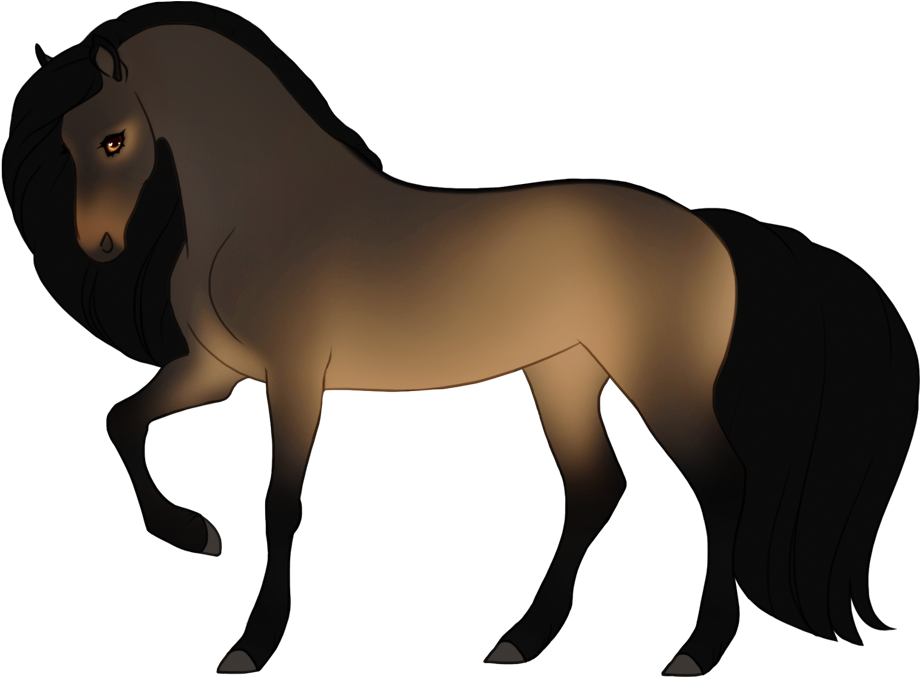
Seal bay dun
seal bay + dun
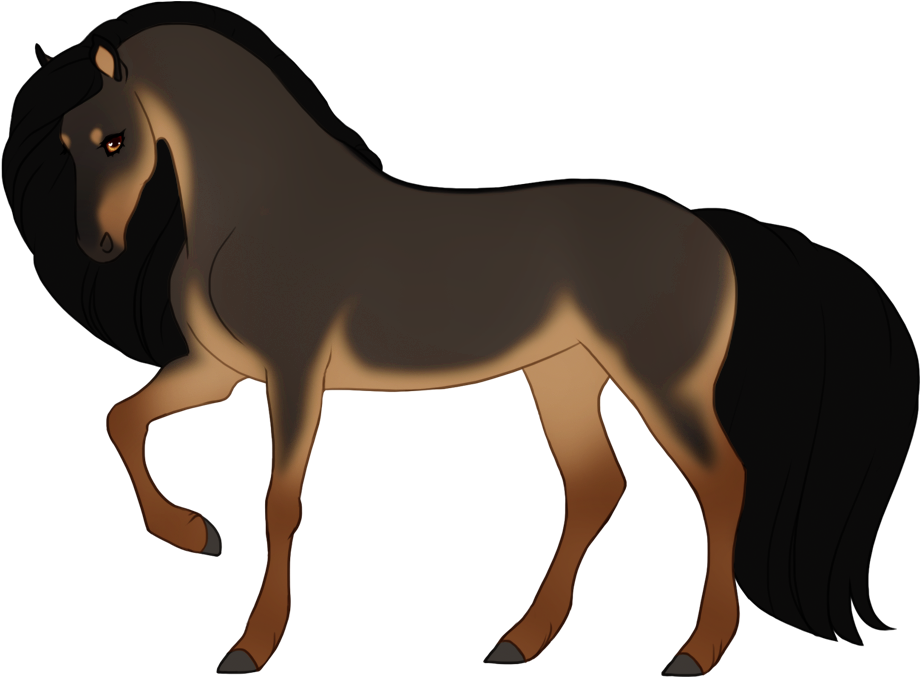
Tanpoint bay dun
tanpoint bay + dun
Optional effect: Primitive markings
Common primitive markings are stripes on the knees/hocks ("leg barring"), stripes/barring around the withers, and "cobwebbing" on the forehead, but can also extend further.
Primitive markings should be the same color as the undiluted coat "under" the dun, and mimic the appearance of zebra or zorse stripes.
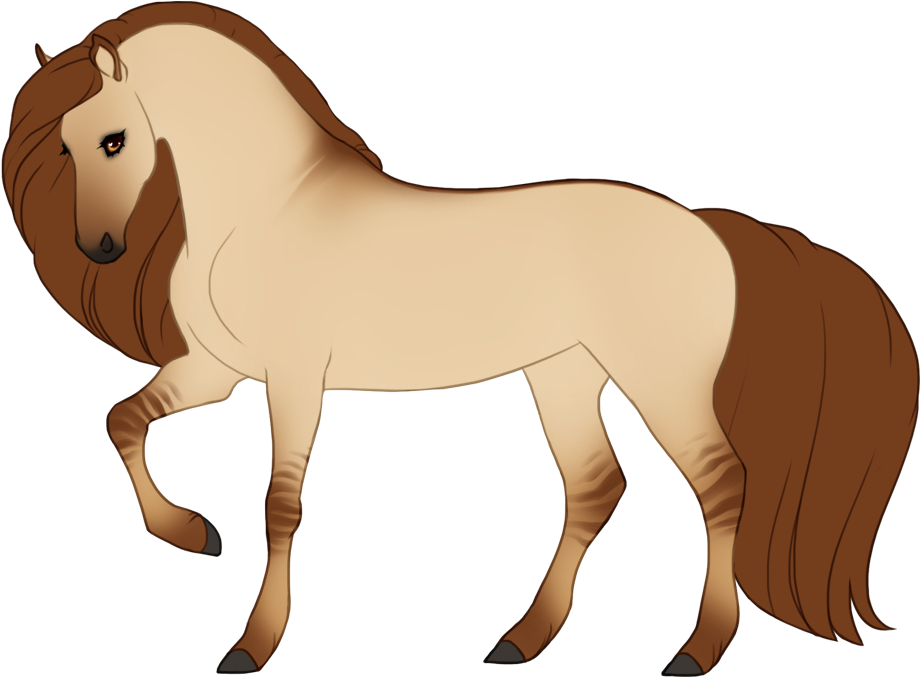
Chestnut dun with primitive markings
chestnut + dun
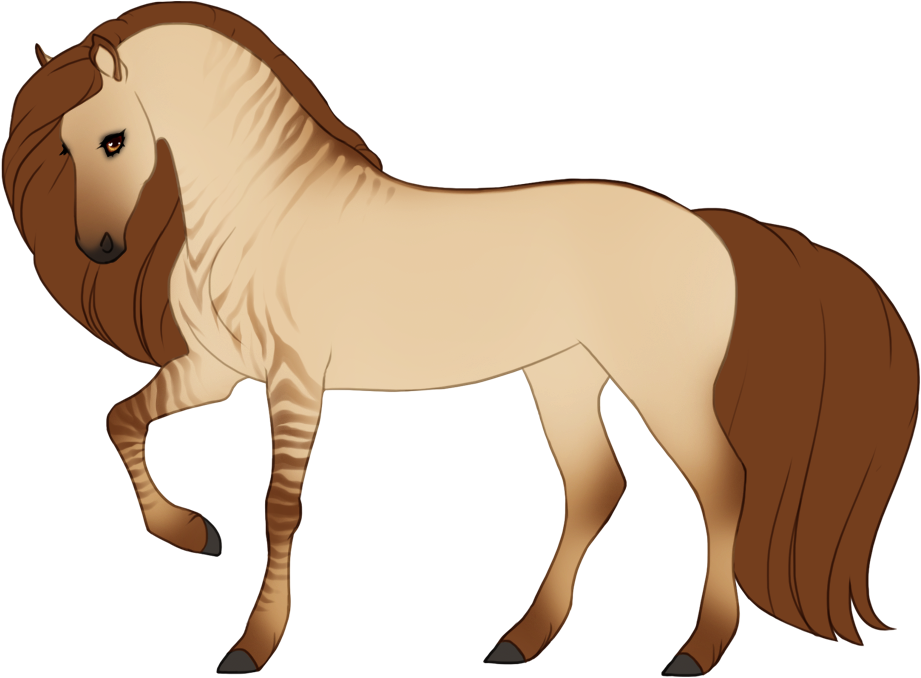
Chestnut dun with primitive markings
chestnut + dun
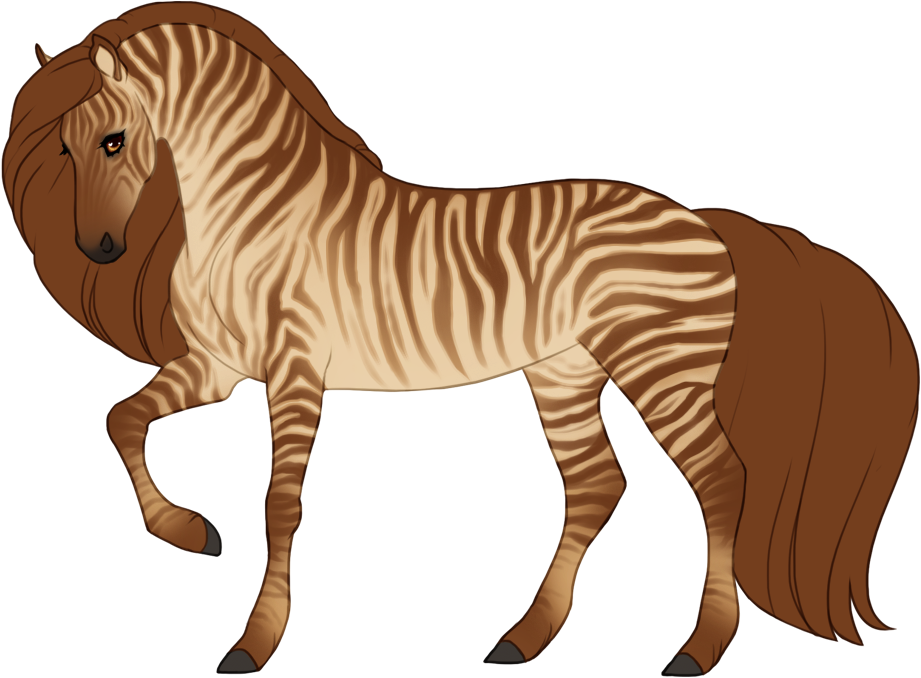
Chestnut dun with primitive markings
chestnut + dun
Optional effect: Mane & tail "frosting"
The mane and tail can optionally be affected, similar to Norwegian Fjord Horses, with lighter hairs on the outside edges of the mane and tail. A heavy frosting effect in the mane and tail can be even brighter than the diluted body coat hairs.
If primitive markings are present, the mane and tail will not show any frosting where the primitive markings "touch".
The undiluted dorsal stripe along the horse's topline causes the middle of the mane and tail to be unaffected by dun, giving it a two-colored appearance.
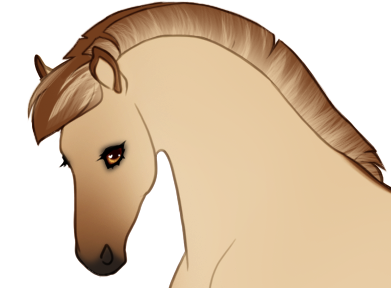
Dun "frosting" in mane
chestnut + dun
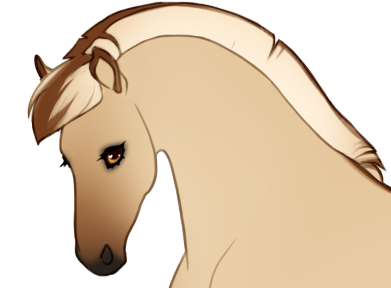
Heavy "frosting", lighter than the body coat
chestnut + dun
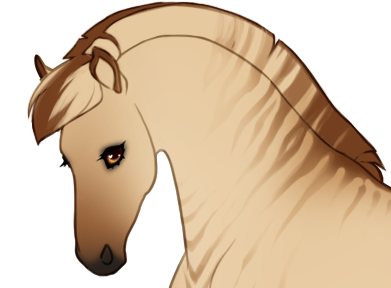
Affected by primitive markings
chestnut + dun
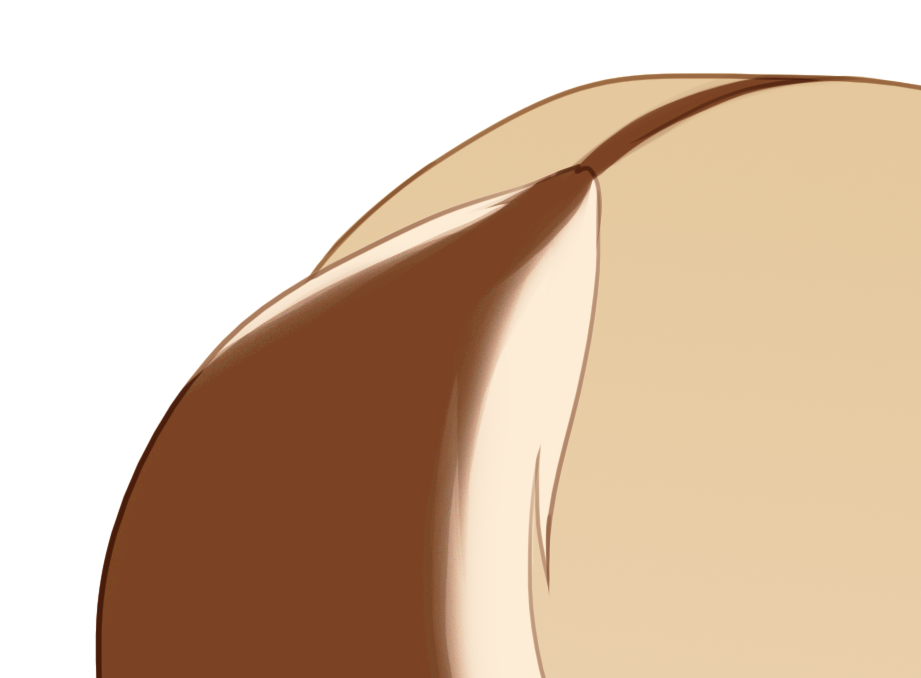
Heavy "frosting" in tail
chestnut + dun